The Journey of Building E Jewelry Ecommerce Website







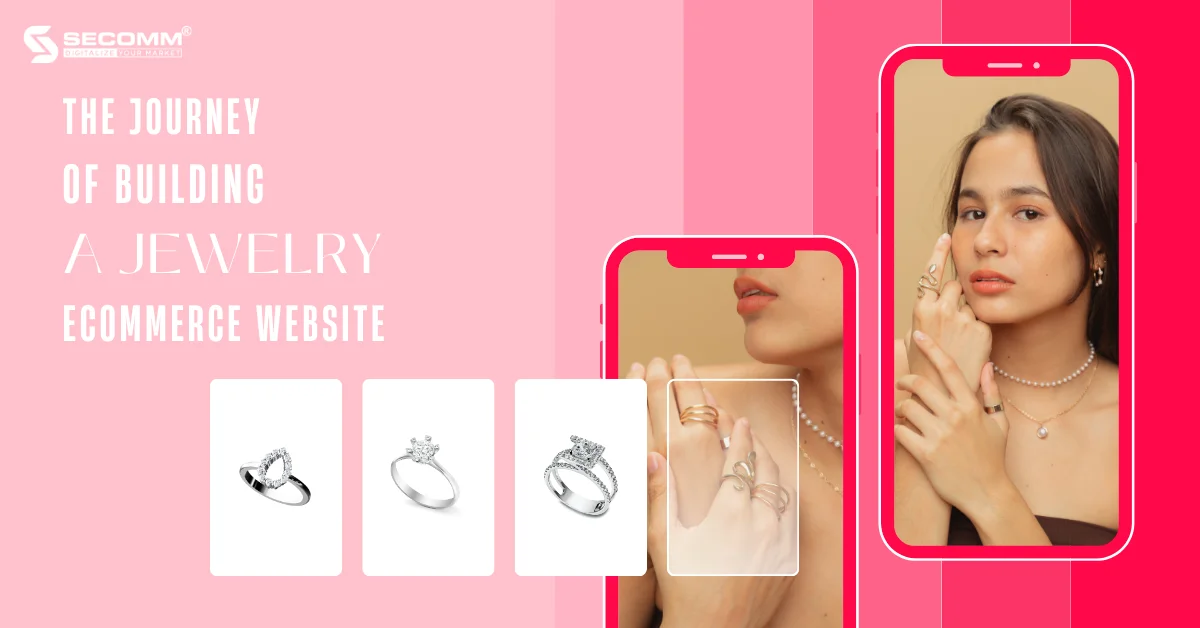
According to Grand View Research, the global jewelry eCommerce market is predicted to reach USD 117.8 billion by 2027, with a CAGR of 12.2% from 2022 to 2027. According to Research and Markets, the United States is the largest jewelry eCommerce market in the world, with expected revenue of USD 45.6 billion by 2027. Other regions, including China, India, and Southeast Asia, are also experiencing rapid growth.
Several jewelry brands have successfully implemented eCommerce early on and achieved unexpected success, such as Cartier, Tiffany & Co., PNJ, ANA LUISA, Missoma, etc. The common characteristic of these brands lies in comprehensive eCommerce websites that cater to customers’ needs for purchasing jewelry and gemstones.
For more information:
- What opportunities are open to the jewelry eCommerce?
- 10 Jewelry eCommerce websites in Vietnam and worldwide
With nearly 10 years of experience in eCommerce, SECOMM has outlined the common journey of building jewelry eCommerce websites in Vietnamese businesses.
1. Phase 1: Building the basic jewelry eCommerce website
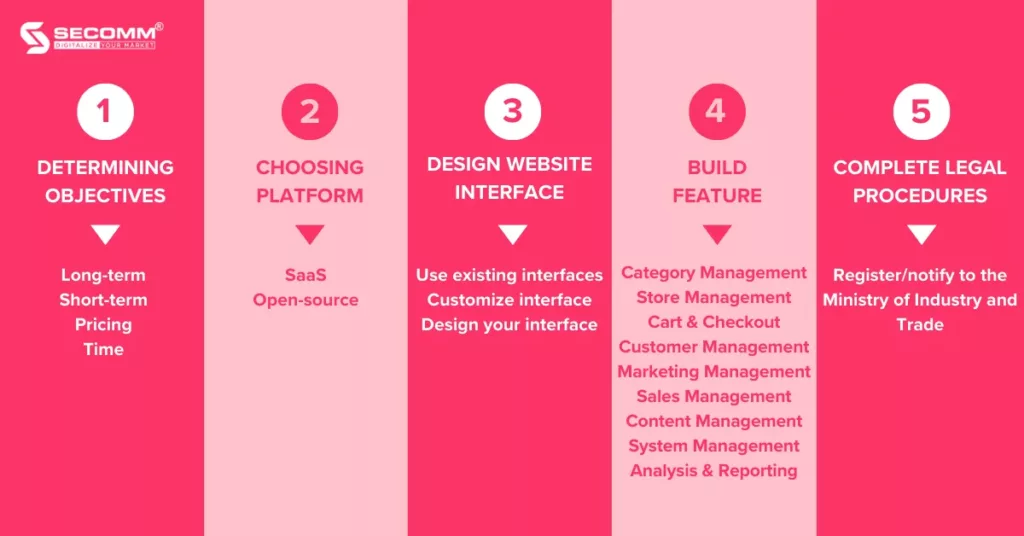
Determining Objectives
Firstly, businesses in the jewelry industry need to clearly define their goals and prioritize each of these goals when planning the development of an eCommerce website.
In the long-term vision, businesses may be interested in building and strengthening their brand presence in the online market, exploring the potential of online customers, and optimizing business operations from online to offline.
For short-term objectives, businesses may prioritize monitoring and analyzing customer behaviour on the website, assessing the effectiveness of online marketing campaigns to improve sales performance.
When setting objectives, the timeframe is also a crucial factor. Businesses may choose to deploy quickly to penetrate the eCommerce market or even opt for a gradual deployment to have time for testing, evaluation, and adaptation to this large and competitive market.
Choosing an eCommerce Platform
Currently, two popular types of platforms support the development of eCommerce websites: SaaS (Software as a Service) and open source.
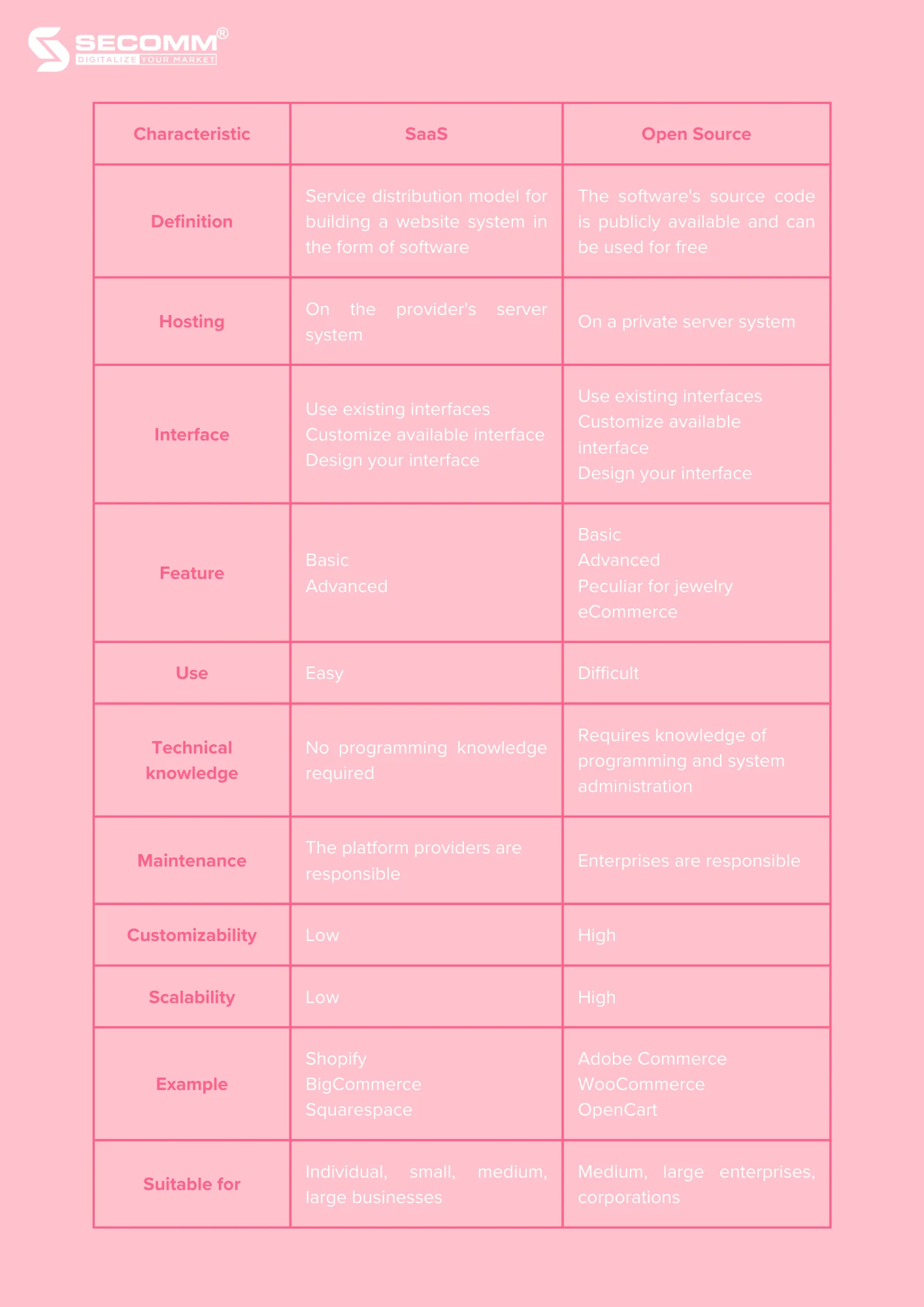
Read more:
- What is Shopify? Pros and Cons of using Shopify in 2023
- BigCommerce 2023: Pricing, Features, Pros and Cons
- What is Magento? The superior pros and cons of Magento
- WooCommerce 2022: Its benefits and downsides to consider
- What is OpenCart? Pros and Cons of using OpenCart
Typically, new businesses entering the eCommerce market will choose SaaS platforms to save time and costs during the initial stage of building an eCommerce website. Subsequently, businesses may transition to open-source platforms for the development of more advanced eCommerce websites.
However, businesses can also choose an open-source platform right from the start to build a basic eCommerce website and later upgrade the system over time on the same platform to avoid the need for platform migration in later stages.
Design website interface
When designing the website interface, businesses need to meet basic criteria such as UI/UX standards, reflecting the brand’s characteristics, presenting products consistently, providing complete usage instructions, etc.
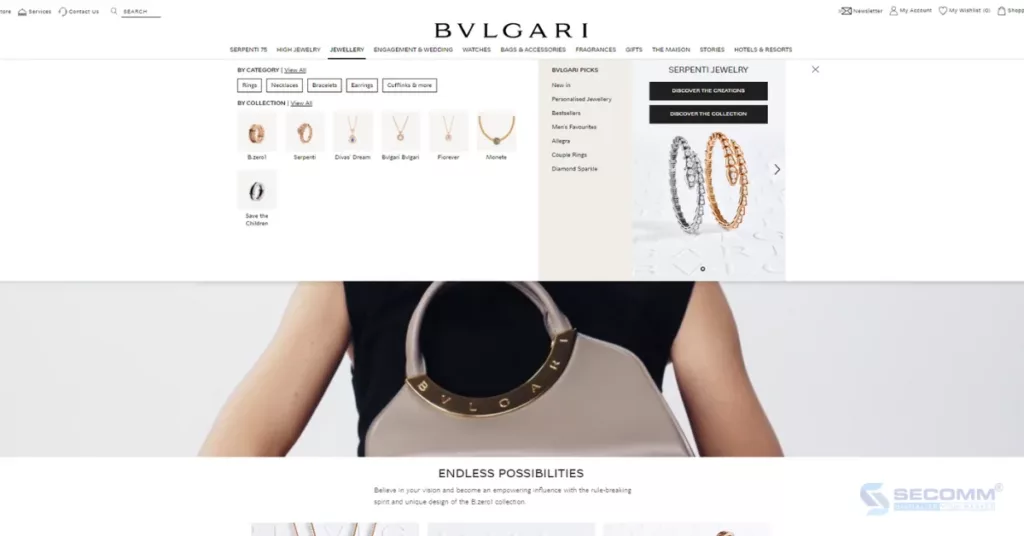
Currently, there are three ways to design the interface, including:
- Use ready-made themes: Optimize interface design costs but may limit the brand positioning due to the risk of theme duplication with other websites.
- Customize themes according to needs: Save costs while adding some brand identity elements such as colours, fonts, layout, etc. However, effective theme customization requires a specialized and experienced team.
- Design a custom theme: Businesses will have a website tailored to their brand. However, this approach requires more investment in design costs and time.
In this stage, businesses often choose ready-made themes to save costs, but some financially stronger businesses may opt for the other two methods to better position their brand.
Build features for the website
In this stage, businesses can prioritize the development of basic functions to meet the most fundamental needs when operating a jewelry eCommerce website. Some essential functions that should be included in a jewelry eCommerce website are:
- Category Management: Control data, product functions, categories, prices, inventory quantities, and images/videos for smooth operation and optimized business.
- Store Management: Manage inventory quantities, and control business operations, and personnel for each branch.
- Cart & Checkout: Manage the shopping cart and customer checkout information.
- Customer Management: Manage customer information to improve marketing efficiency, shopping experience, and overall customer satisfaction.
- Marketing Management: Optimize SEO and implement marketing programs using supportive tools to boost sales for the business.
- Sales Management: Establish and operate sales processes, orders, payments, and shipping.
- Content Management: Develop and optimize all content-related aspects for CMS pages, image storage, theme customization, and website design.
- System Management: Assign administrator roles for system operation, and review the best methods for security, maintenance, and overall system care.
- Analysis & Reporting: Support track, measure the performance of the eCommerce system, and plan for future strategies.
Complete Legal Procedures
After successfully completing the features, testing, and launching of the website, the business needs to fulfil legal procedures related to eCommerce operations. According to Decree 52/2013/ND-CP issued by the Government of Vietnam, individuals or organizations owning eCommerce websites for sales are required to notify or register with the Ministry of Industry and Trade through the Public Service Portal of the Ministry of Industry and Trade.
Note: Websites that operate for an extended period or fail to register/notify the competent management authority within the specified time frame may be subject to administrative penalties as stipulated by the regulations.
2. Phase 2: Building an Advanced eCommerce Jewelry Website
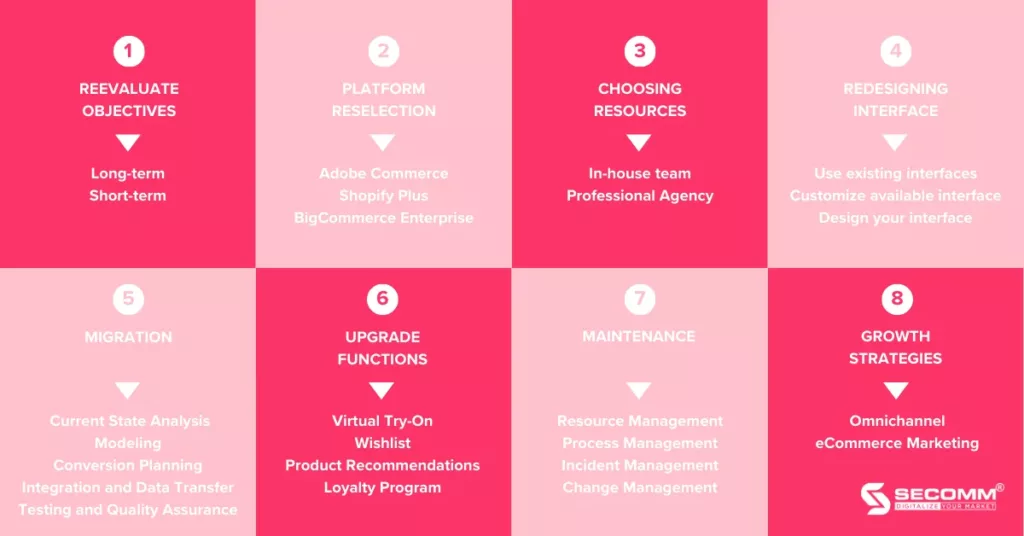
Reevaluate Objectives
When a business is in the development phase and the market is undergoing significant changes, adjusting objectives becomes necessary. This is particularly crucial when leadership needs to review the business strategy and make decisions regarding investing in an eCommerce website, including both time and budget considerations.
In this phase, businesses often focus on setting short-term and long-term goals for the online jewelry business system. For long-term objectives, businesses may consider expanding the brand presence in the market, building a loyal customer program, and promoting the purchasing habits of jewelry and gemstone customers in the middle and upper classes. These goals lay the foundation for sustainable development and prosperity in the future.
Regarding short-term goals, businesses may concentrate on attracting additional potential customers, increasing revenue, and supporting the eCommerce marketing strategy. Tools such as Influencer Marketing may be prioritized to drive rapid growth and create immediate business opportunities.
Overall, establishing specific goals and adjusting them based on market conditions and business development is a crucial part of managing and succeeding in the eCommerce jewelry industry.
Platform Selection for Transition
When basic SaaS platforms are no longer sufficient to support the expansion of the website system, businesses will need to transition to more specialized platforms such as Adobe Commerce, Shopify Plus, BigCommerce Enterprise to develop a more advanced eCommerce jewelry website.

Read more:
- Shopify Plus vs BigCommerce Enterprise: Full Comparison 2024
- Top 5 eCommerce Platforms for Building Jewelry Websites
Of course, when switching platforms, businesses will face challenges such as conversion costs, time required for staff training on the new platform, and potential data loss during the platform migration.
Choosing development resources
To build a professional and complex eCommerce website, businesses need to choose suitable resources to implement the project. Generally, there are two main options: building an in-house team or partnering with a professional development partner. Regardless of the choice, specialized knowledge and experience in the chosen field are crucial.
When deciding to build an in-house team, businesses need to recruit and train IT and eCommerce personnel with knowledge and practical experience on the chosen platform. This may require a significant amount of time and financial resources to build a suitable workforce. However, this approach allows the business to have better control over resources and the ability to make adjustments, developing the website system according to specific requirements.
Another option is to collaborate with a professional development partner. In this case, businesses should seek a partner with extensive experience in eCommerce, a professional team, clear work processes, and the ability to handle complex projects. Collaborating with specialized units helps businesses learn and accumulate more experience while developing an eCommerce website that suits the specific characteristics of the jewelry industry.
Therefore, the choice between building an in-house resource and collaborating with a development partner depends on the goals, resources, and specific requirements of the business.
Redesigning the website interface
During the platform transition process, businesses may decide to keep the current website interface if the brand believes it still aligns with the strategy and the new platform. However, many businesses often choose to redesign the interface to ensure that the eCommerce website reflects the brand’s business strategy and the new platform accurately.
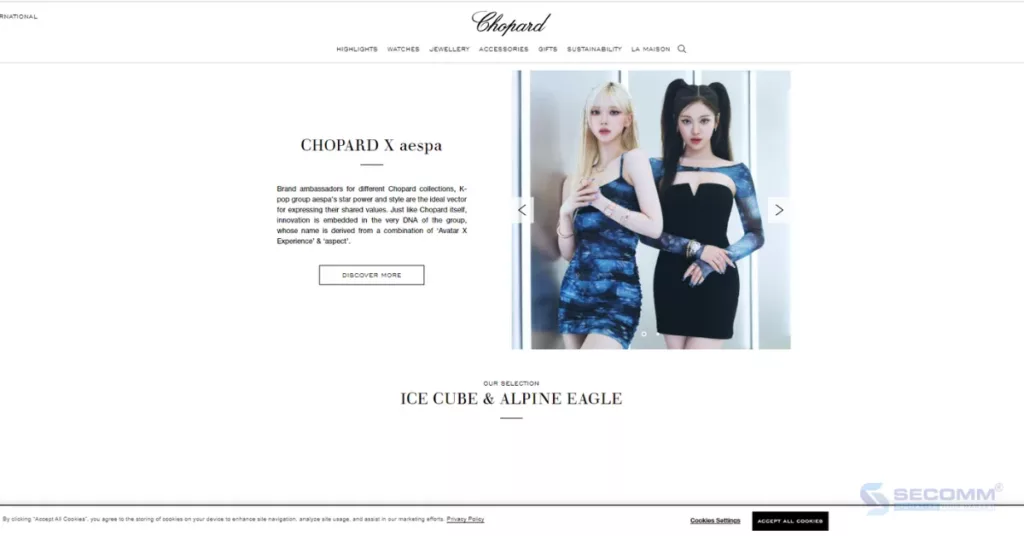
Similar to the previous stage, businesses have several options when designing the eCommerce website interface: using ready-made themes available on the market, customizing themes, and designing a unique interface.
In the jewelry industry, customizing or designing a unique interface is often prioritized to showcase the uniqueness and sophistication of the products. However, the final decision should be based on the business strategy and resources available.
Platform Conversion and Data Migration
After choosing a suitable conversion platform, the redesign of the system and platform conversion is crucial. This requires a high level of expertise from solution architects to design a system that can address the challenges the business is facing and align with the long-term development journey and business model of the enterprise.
In addition, the process of migrating data also needs to be carried out carefully to limit the risk of data loss or errors for the business. Typically, data conversion is automated as much as possible to avoid potential errors.
The platform conversion process includes the following steps:
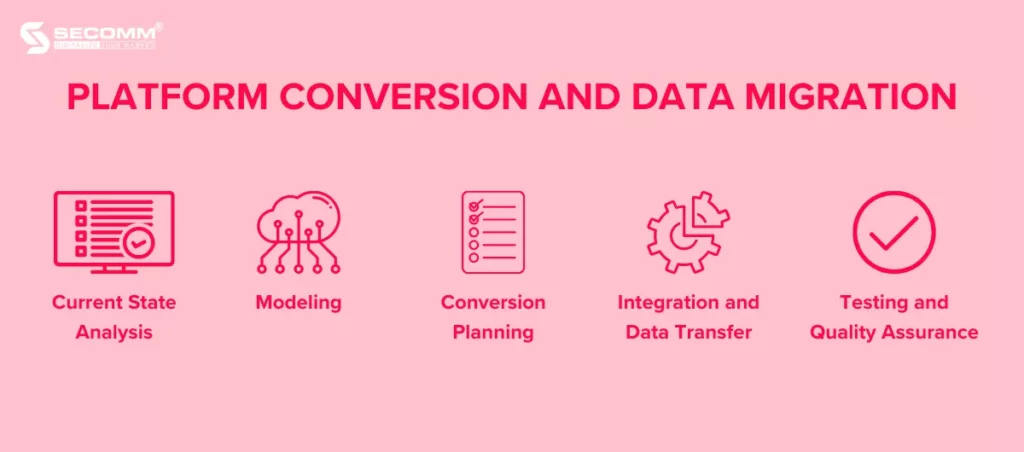
- Current State Analysis: Detailed evaluation of the existing system, including the database, interface design, integrations, and any custom options implemented.
- Modeling: Detailed data modelling, determining source and target systems, data formats, and data structures to visualize how data will move and plan the most appropriate conversion.
- Conversion Planning: Develop a detailed plan for the conversion process, including timelines, resources, and participants.
- Integration and Data Transfer: Extract data from the old system and record it in the new system, including information about products, orders, customers, and other relevant data. Common conversion methods include data file import/export, manual conversion, and automated conversion.
- Testing and Quality Assurance: Conduct comprehensive testing to identify and fix errors to ensure that the conversion is carried out according to the plan, the system operates smoothly and securely, and that the data has been fully and accurately migrated.
Upgrade System Functions
In addition to basic functions, at this stage, businesses should focus on building more sophisticated system functions, including advanced and industry-specific features for the jewelry sector.
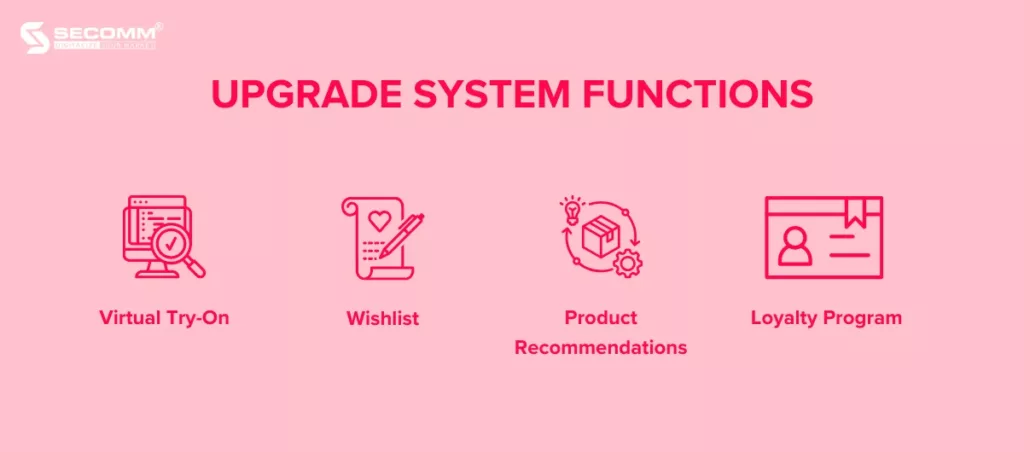
- Virtual Try-On: Integrate augmented reality (AR) or virtual reality (VR) tools to allow customers to visualize how jewelry items will look when worn.
- Wishlist: Enable customers to save favourite items for future reference, encouraging revisits and conversions.
- Product Recommendations: Utilize artificial intelligence (AI) technology to deploy product recommendation tools based on customer behaviour and preferences.
- Loyalty Program: Establish a loyalty program to reward frequent customers with discounts, exclusive offers for new collections, and other incentives.
Furthermore, businesses need to continuously innovate and update to develop user-friendly functions and keep up with market trends.
Operations & System Maintenance
Operating an eCommerce system is an ongoing process that businesses must carry out to ensure the system operates smoothly and efficiently. This process includes the following crucial tasks:
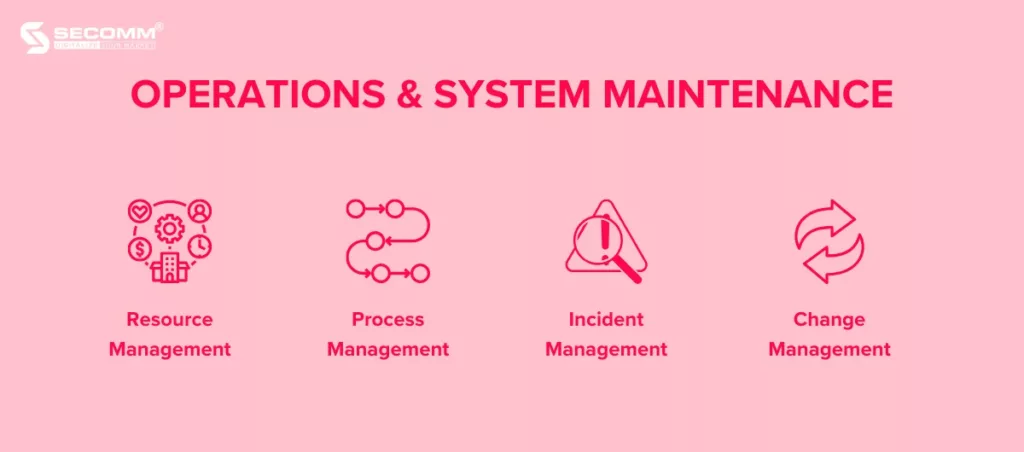
- Resource Management: This involves monitoring and managing fundamental resources such as server hardware, application software, data, and IT personnel. This ensures that the system is provided with sufficient resources to operate smoothly.
- Process Management: Ensuring that all system operation processes are carried out efficiently. This may include processes for new development, deployment, daily operations, and regular maintenance.
- Incident Management: For any system, incidents can occur. The incident management process involves identifying the cause of the incident, swiftly and effectively addressing it, and establishing preventive measures to avoid similar incidents in the future.
- Change Management: When there are changes in the system, change management ensures that the impacts of these changes are carefully assessed. Implementing changes must be done safely and effectively to avoid unintended incidents.
Additionally, continuous care, maintenance, updates, and upgrades of the website system are essential for businesses to sustain sustainable growth and adapt quickly to changes in the eCommerce market, especially in the jewelry and gemstone product sector.
Implementing Growth Strategies
After a period of operation, businesses should shift their focus to eCommerce marketing strategies or omnichannel strategies to boost the sales of jewelry products.
Implementing omnichannel involves setting up a seamless sales, marketing, and management system through various channels such as the website, social media platforms (Facebook, Instagram, Zalo, TikTok Shop), and eCommerce platforms (Shopee, Tiki, Lazada, Sendo) to optimize the customer experience and enhance business efficiency.
Developing a comprehensive marketing strategy and plan based on key eCommerce marketing channels such as Content Marketing, SEO/SEM, Email Marketing, and Affiliate Marketing is essential for rapid business growth.
In conclusion, the journey of building an eCommerce website for the jewelry market in Vietnam is not an easy one. This journey requires businesses to invest a significant amount of time and budget to research the most suitable eCommerce strategy for each stage of their development.
Understanding the difficulties and challenges that businesses face when building an eCommerce jewelry website, SECOMM is ready to provide free consultations and detailed solutions for the development of an eCommerce system tailored to the specific needs of each business.
Contact SECOMM today or call directly at the hotline (028 7108 9908) for a free and detailed consultation.






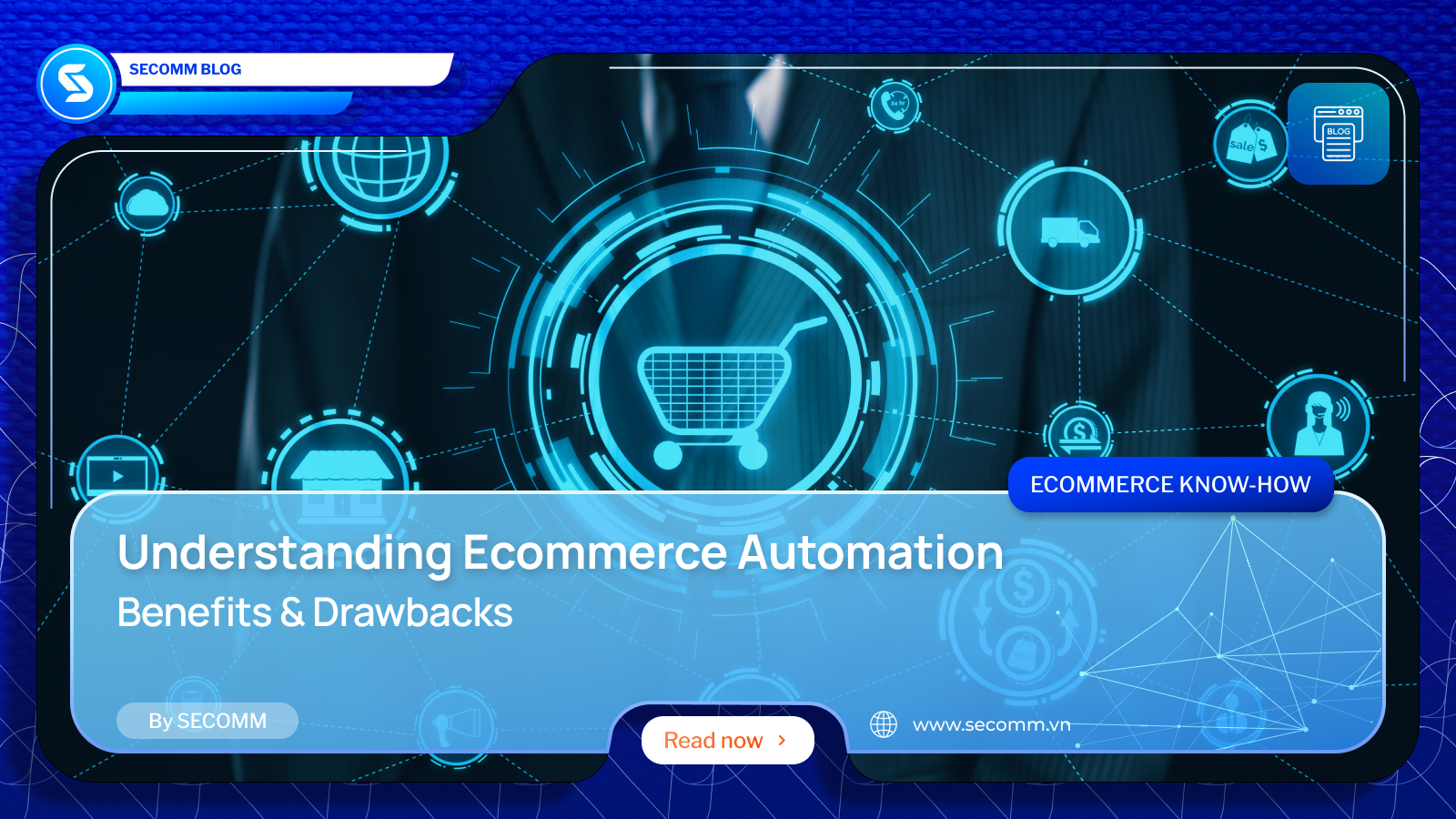
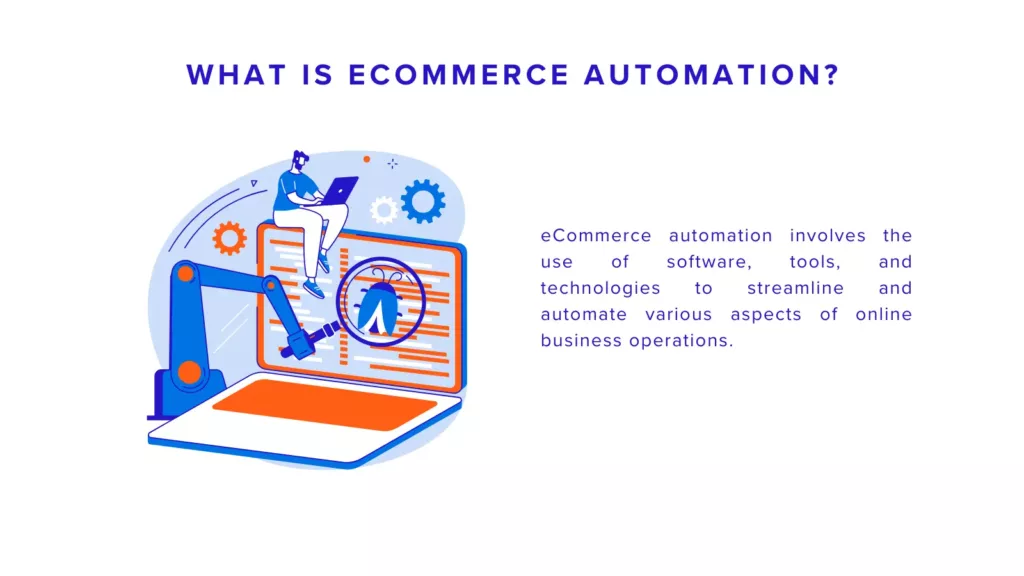
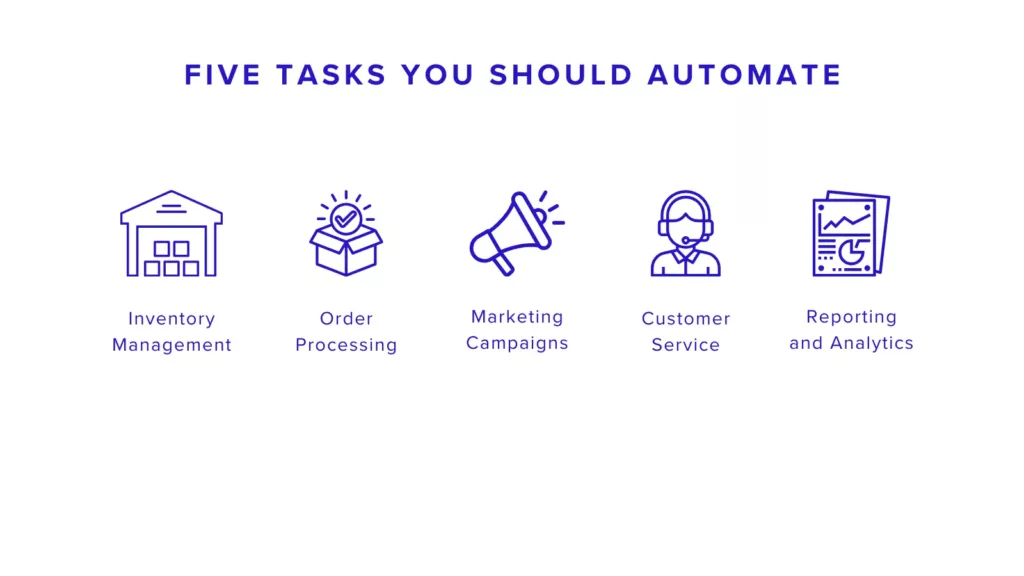
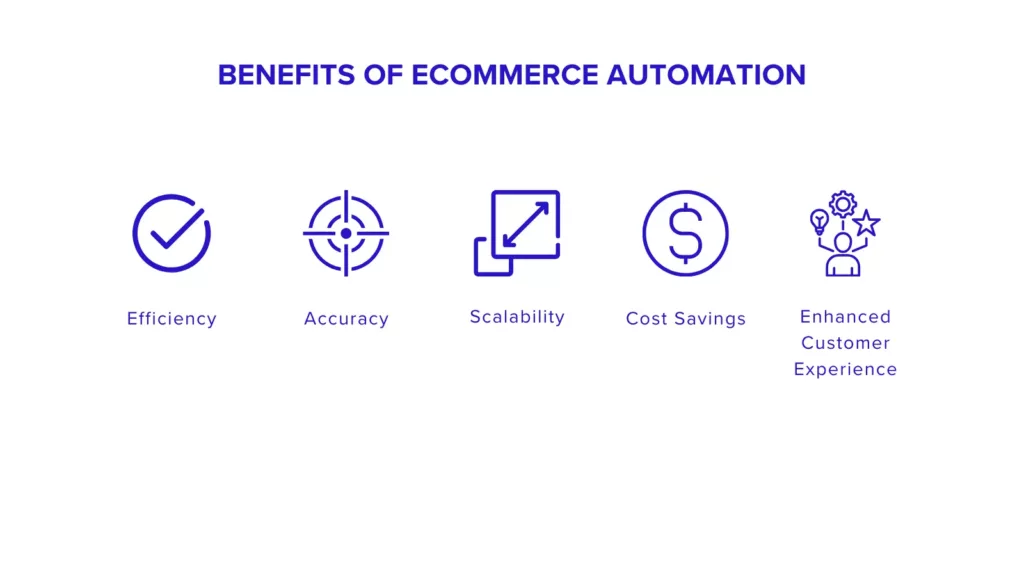
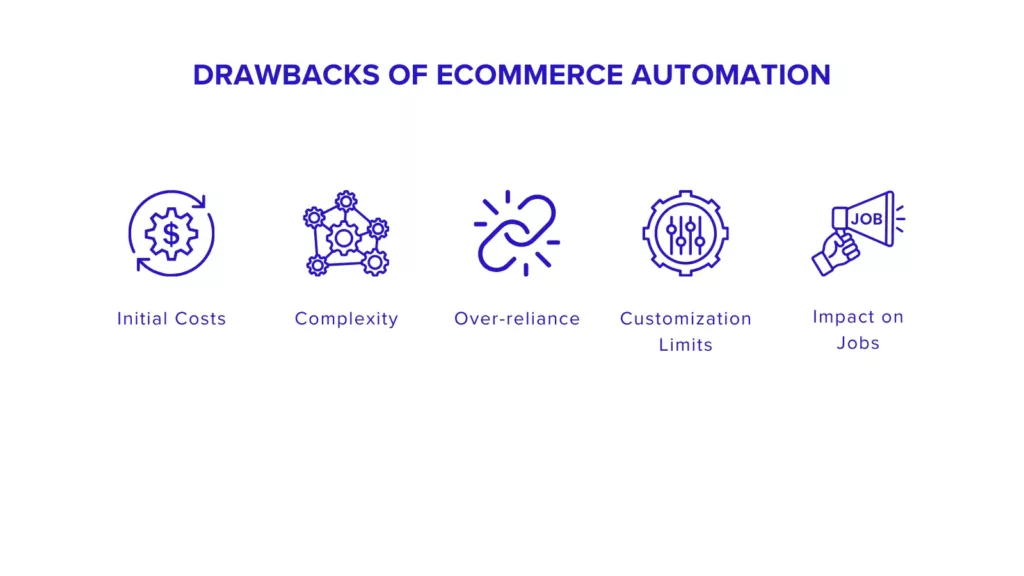
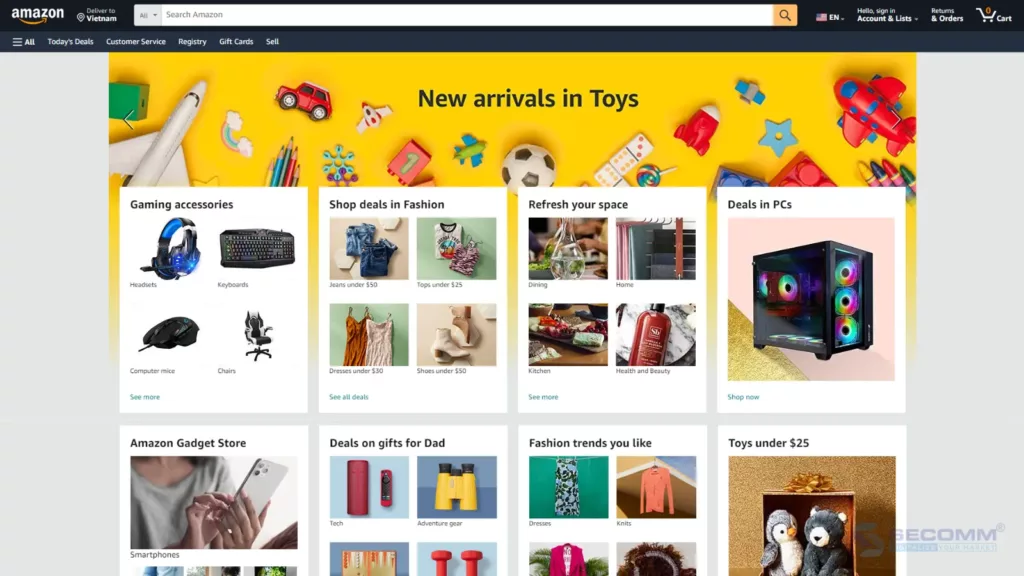
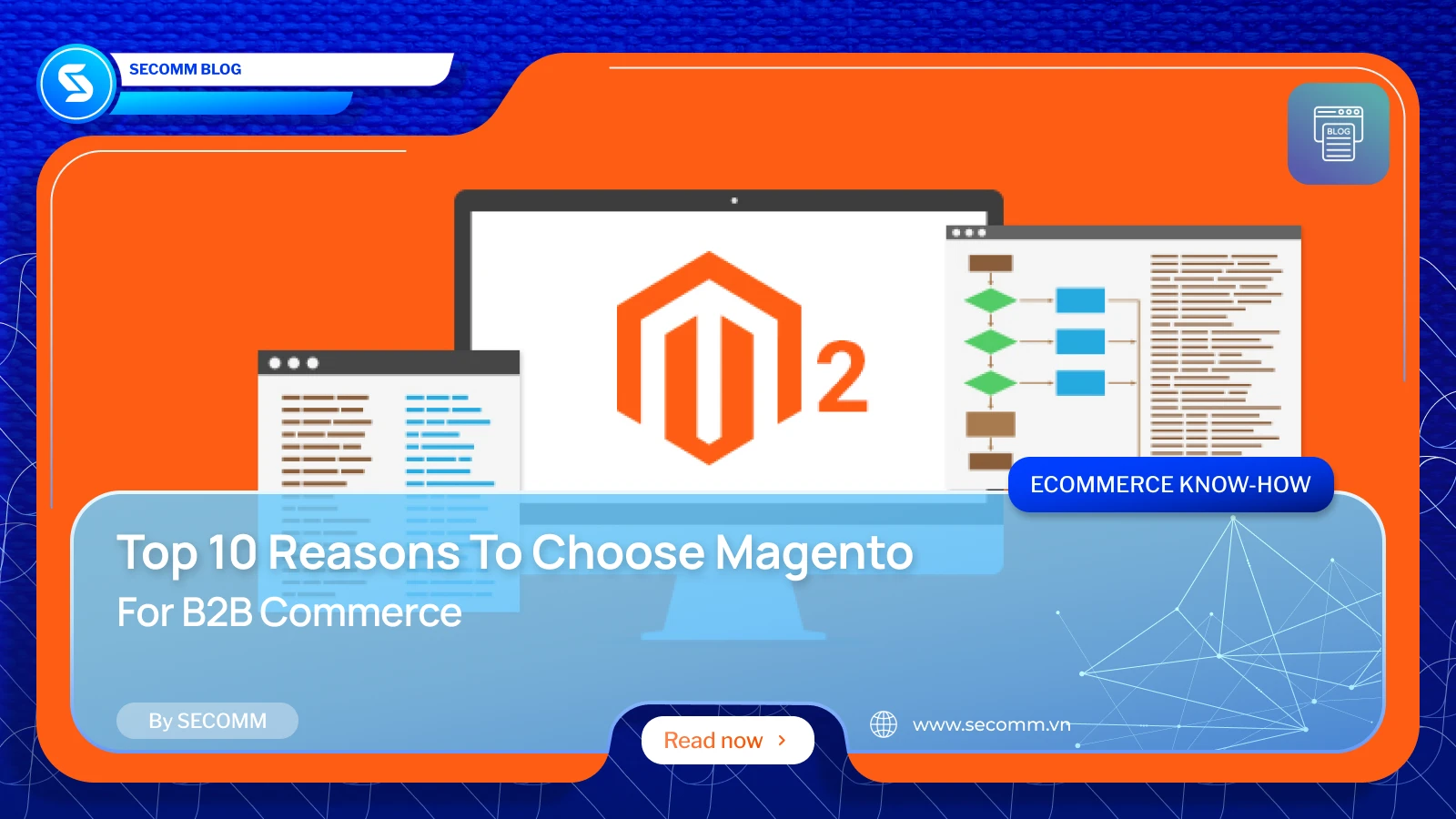
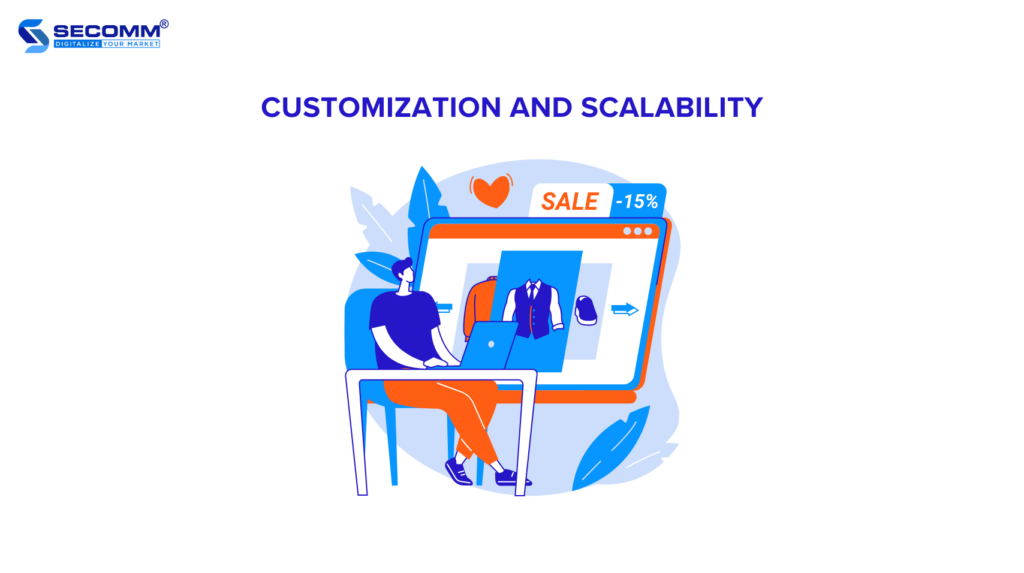
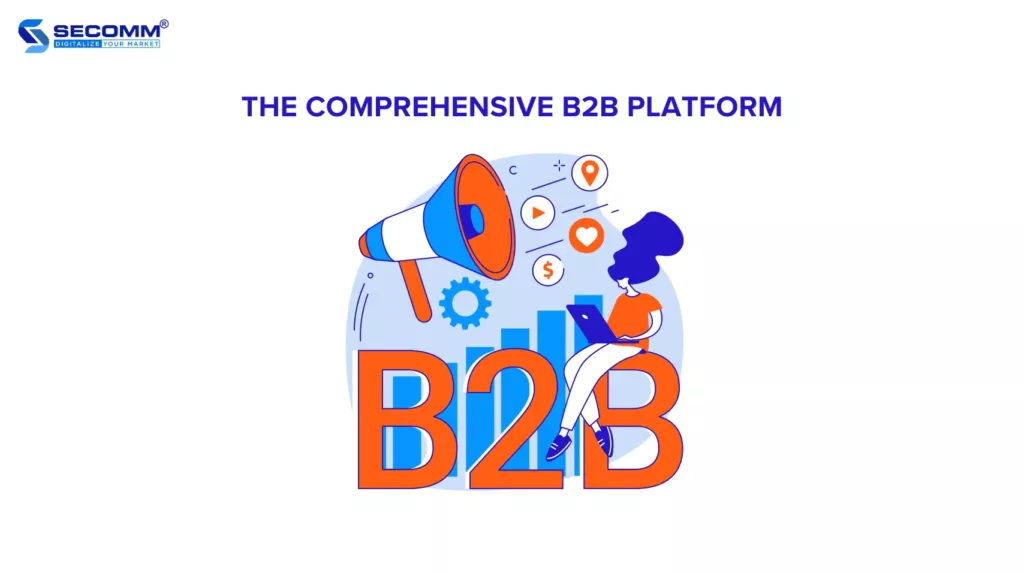
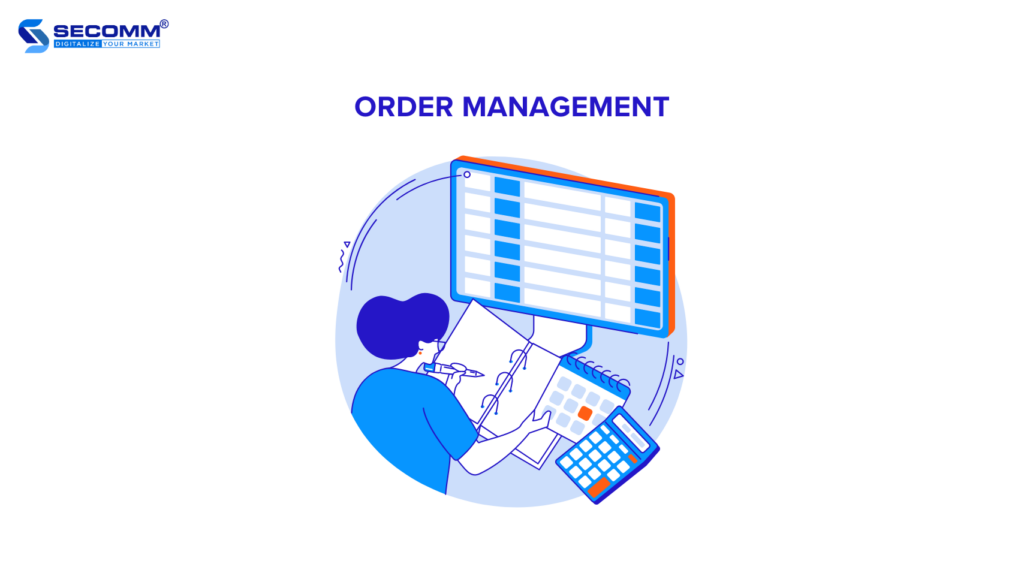
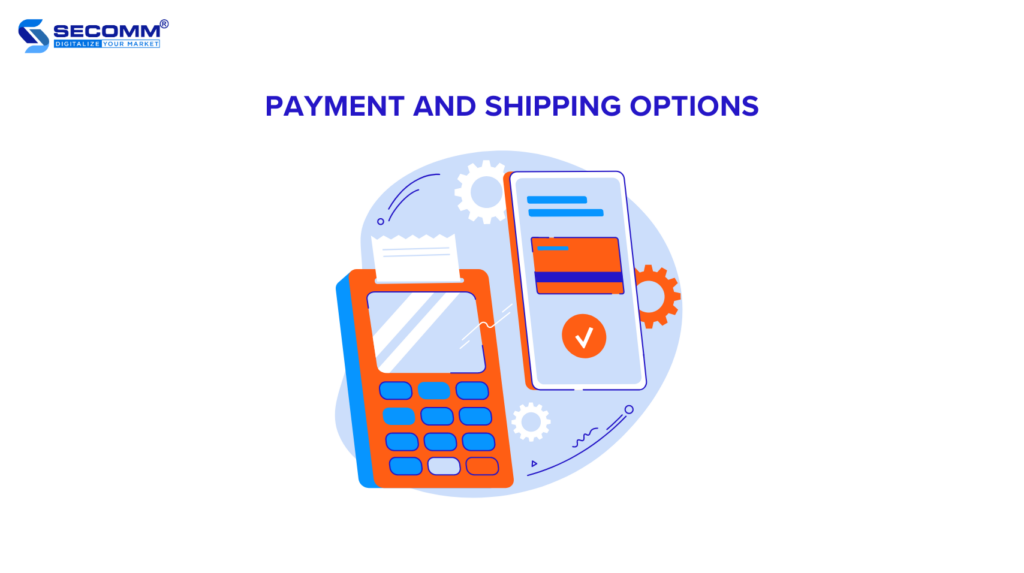
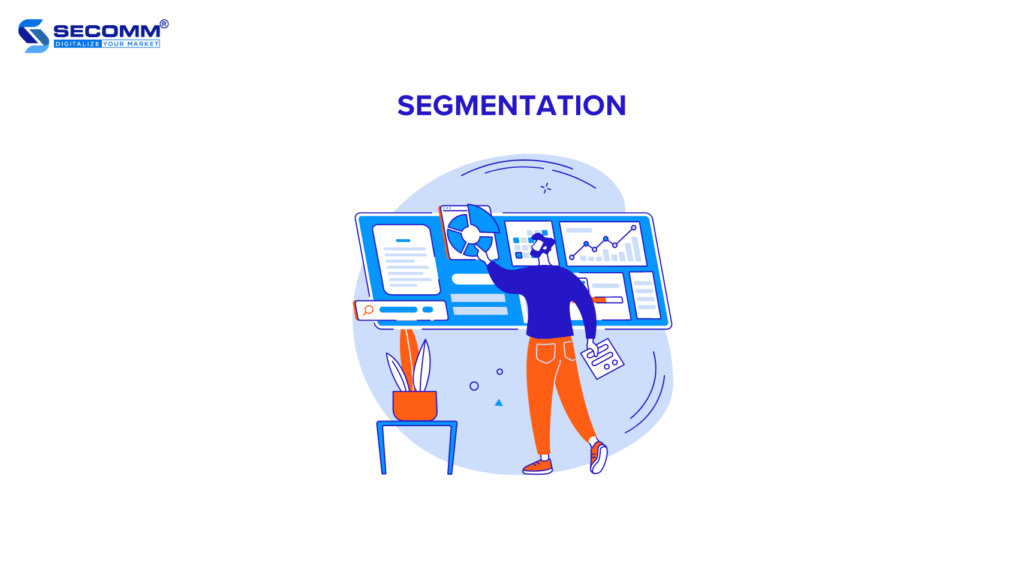
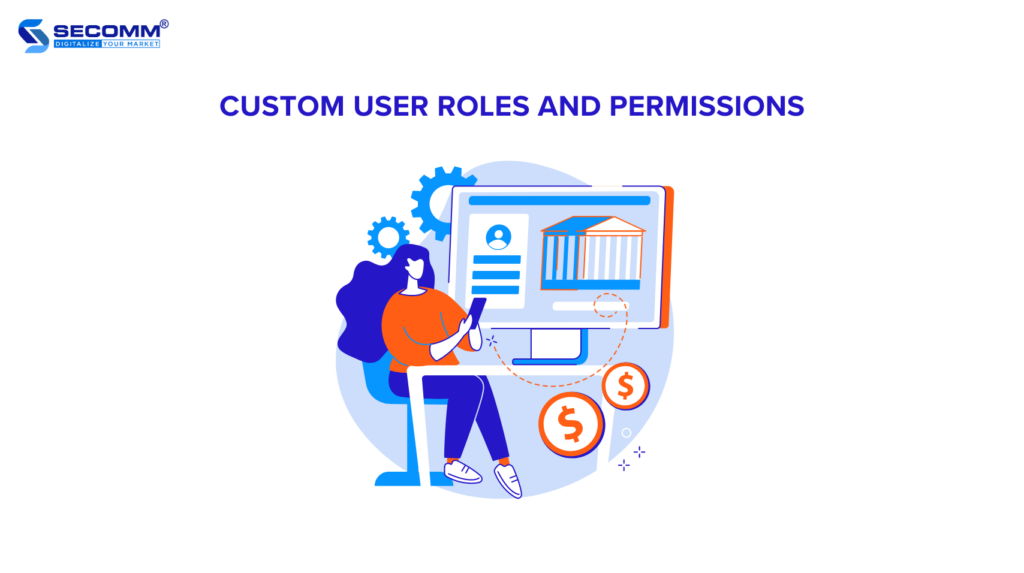
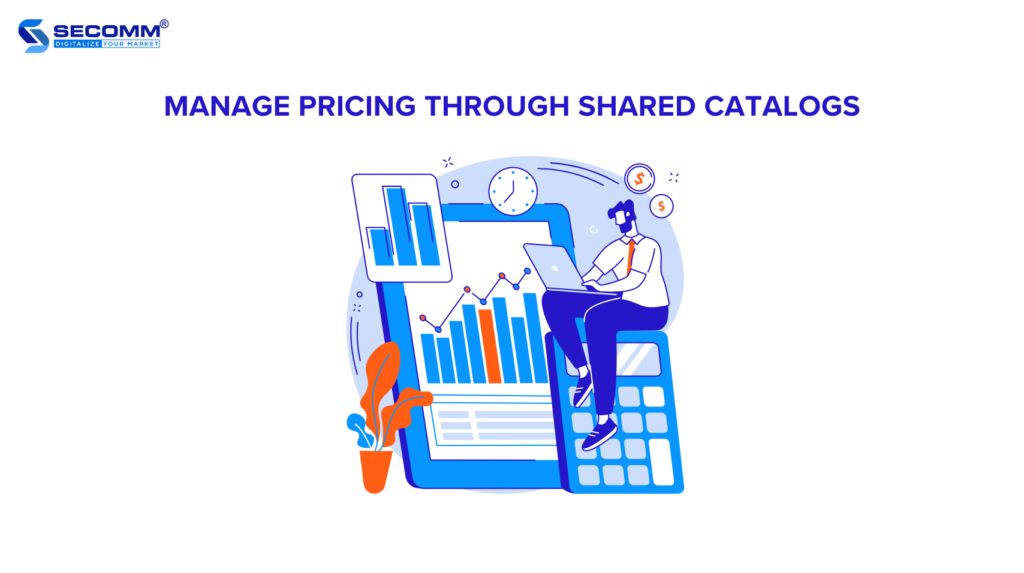
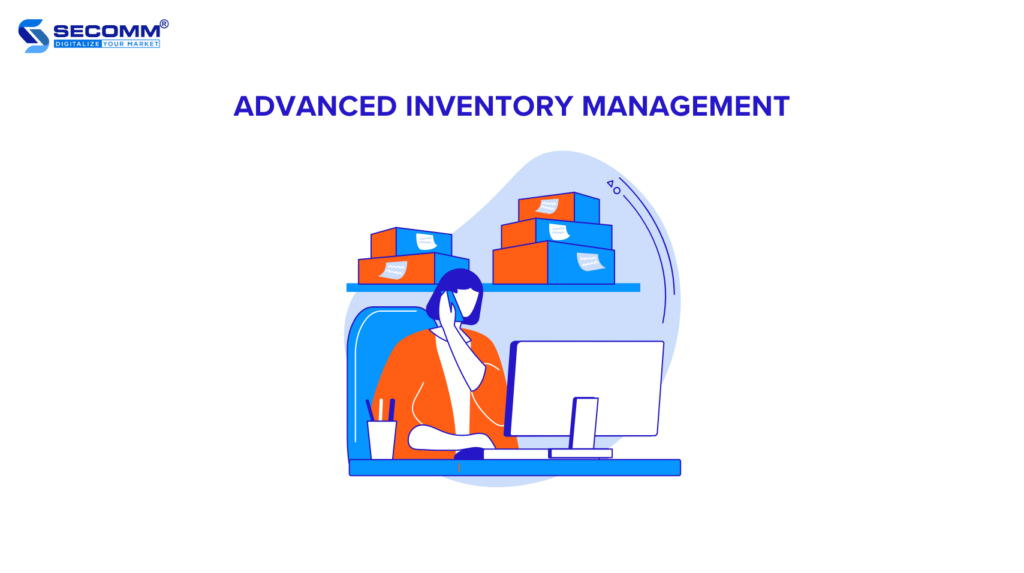
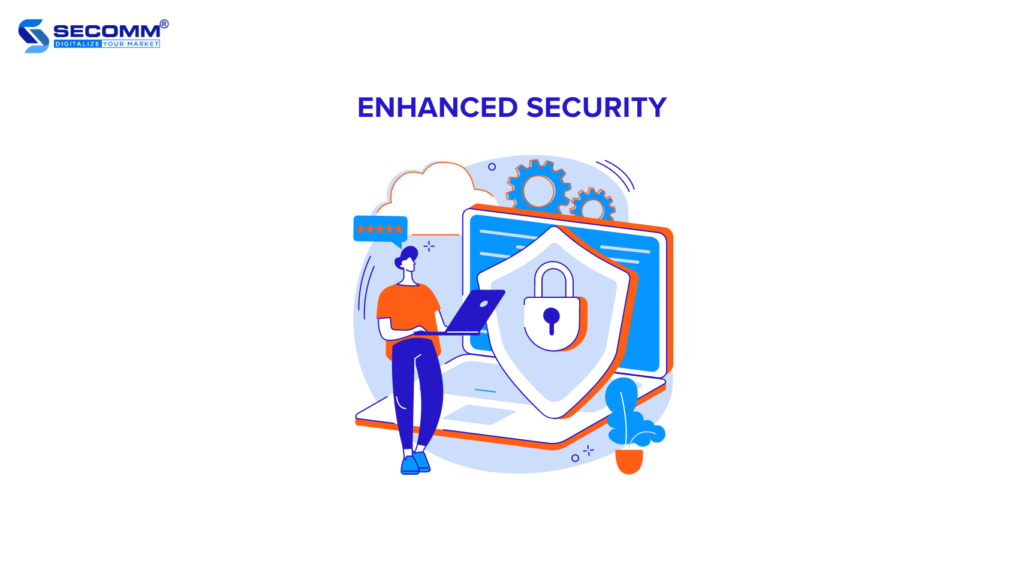
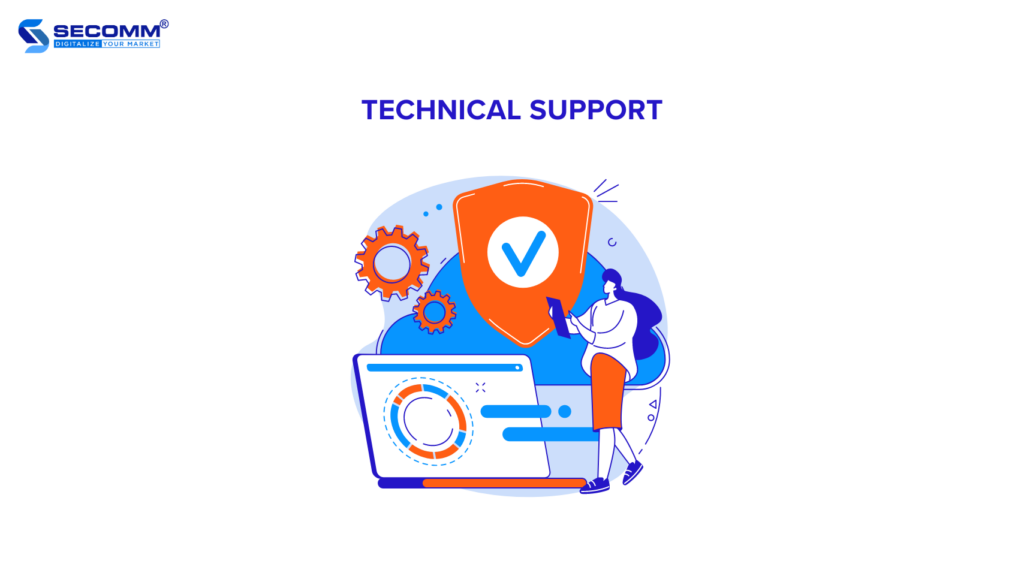
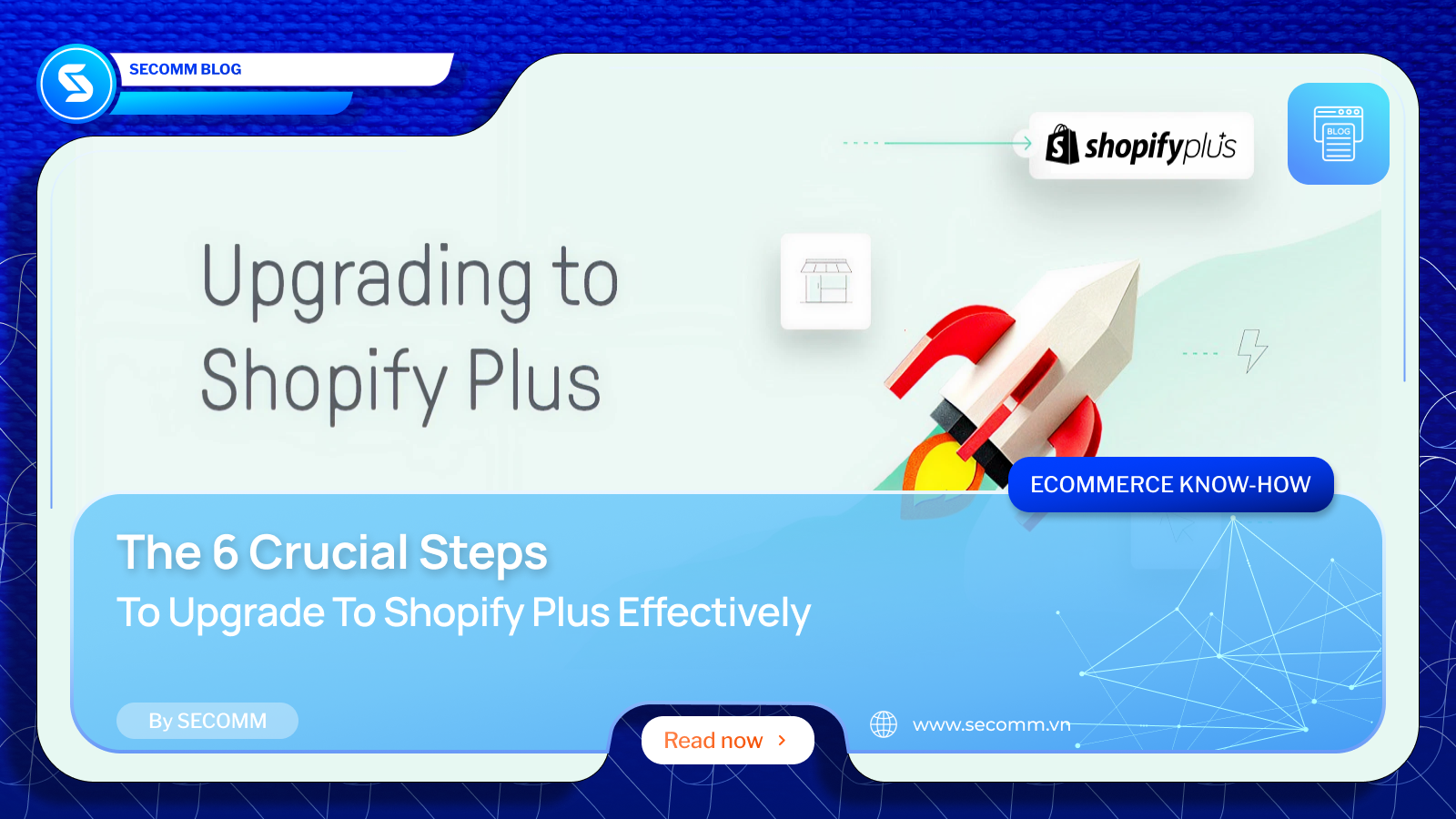

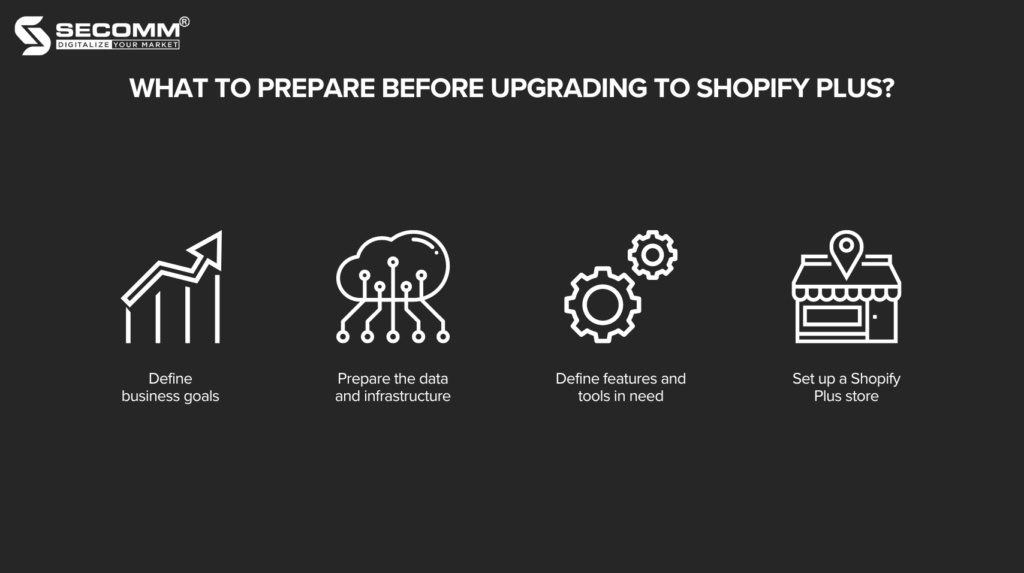
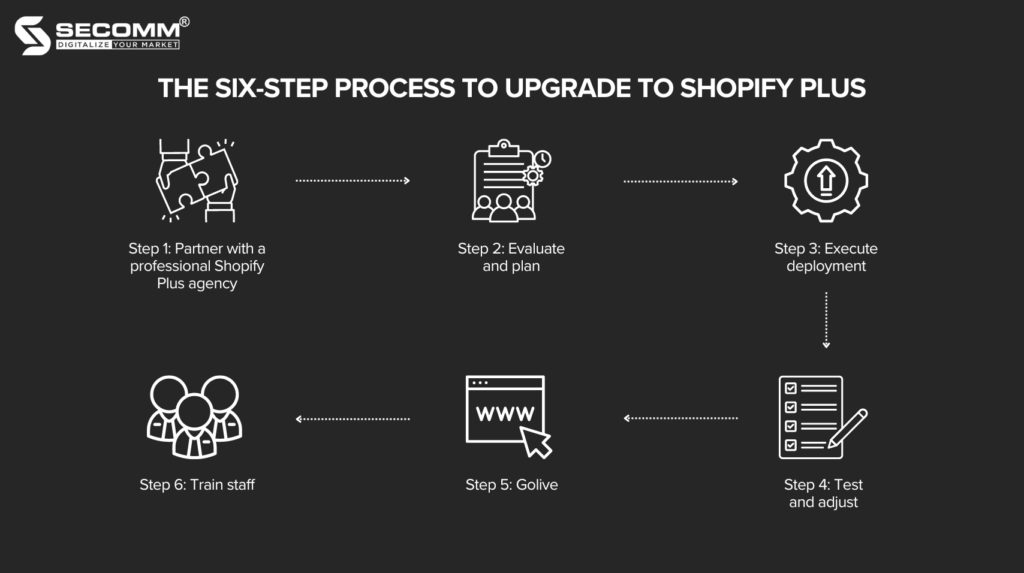
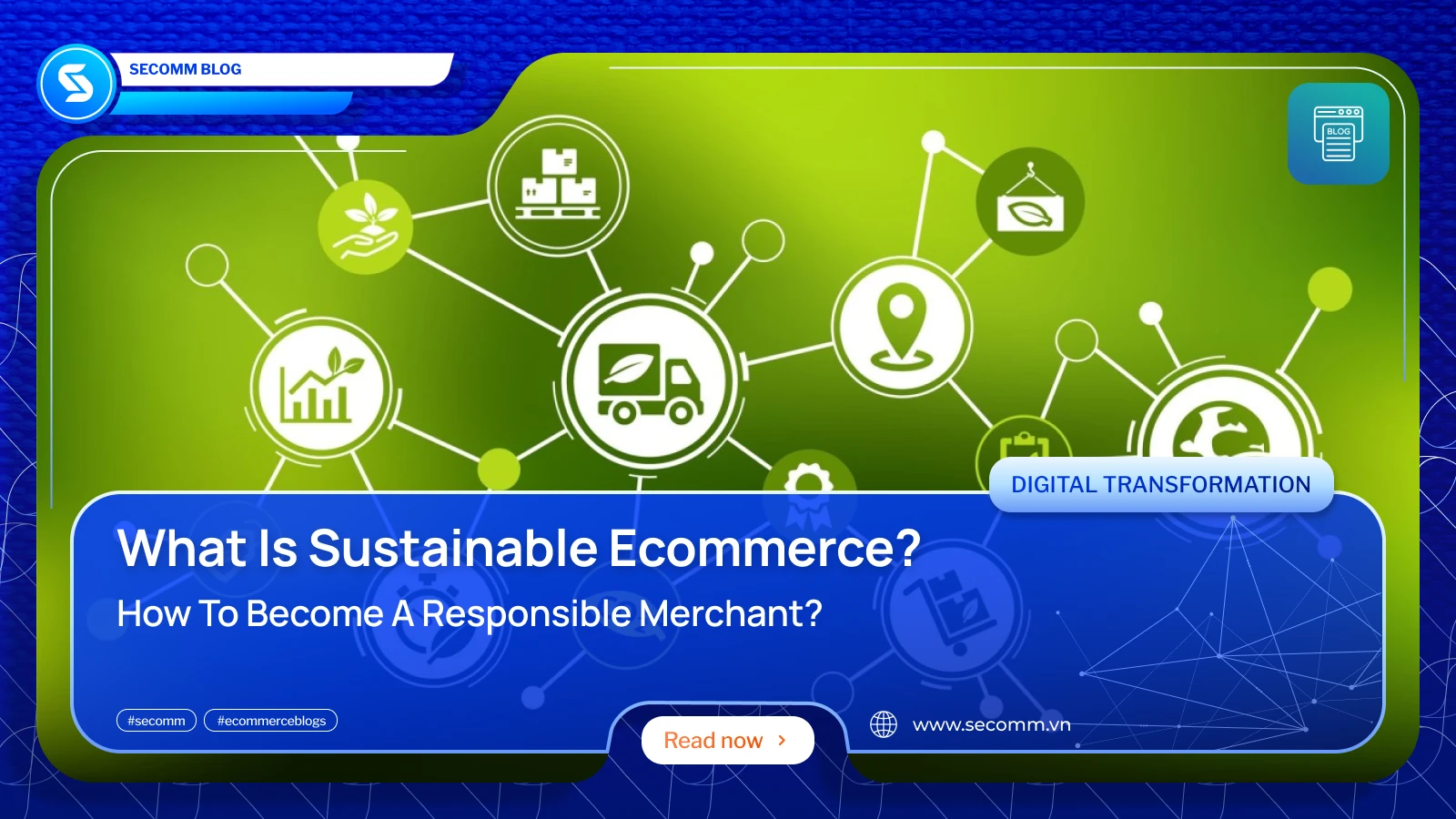

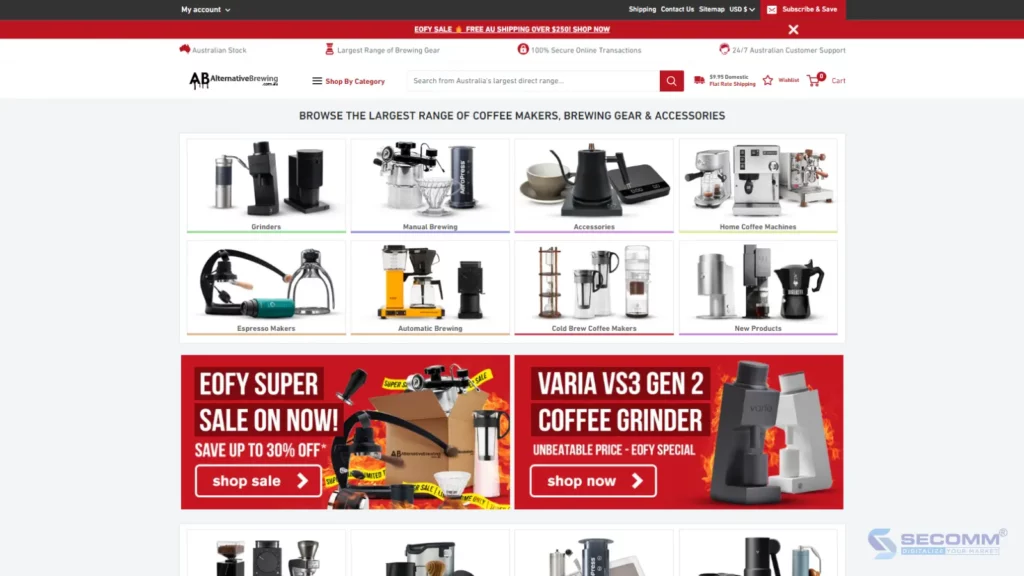



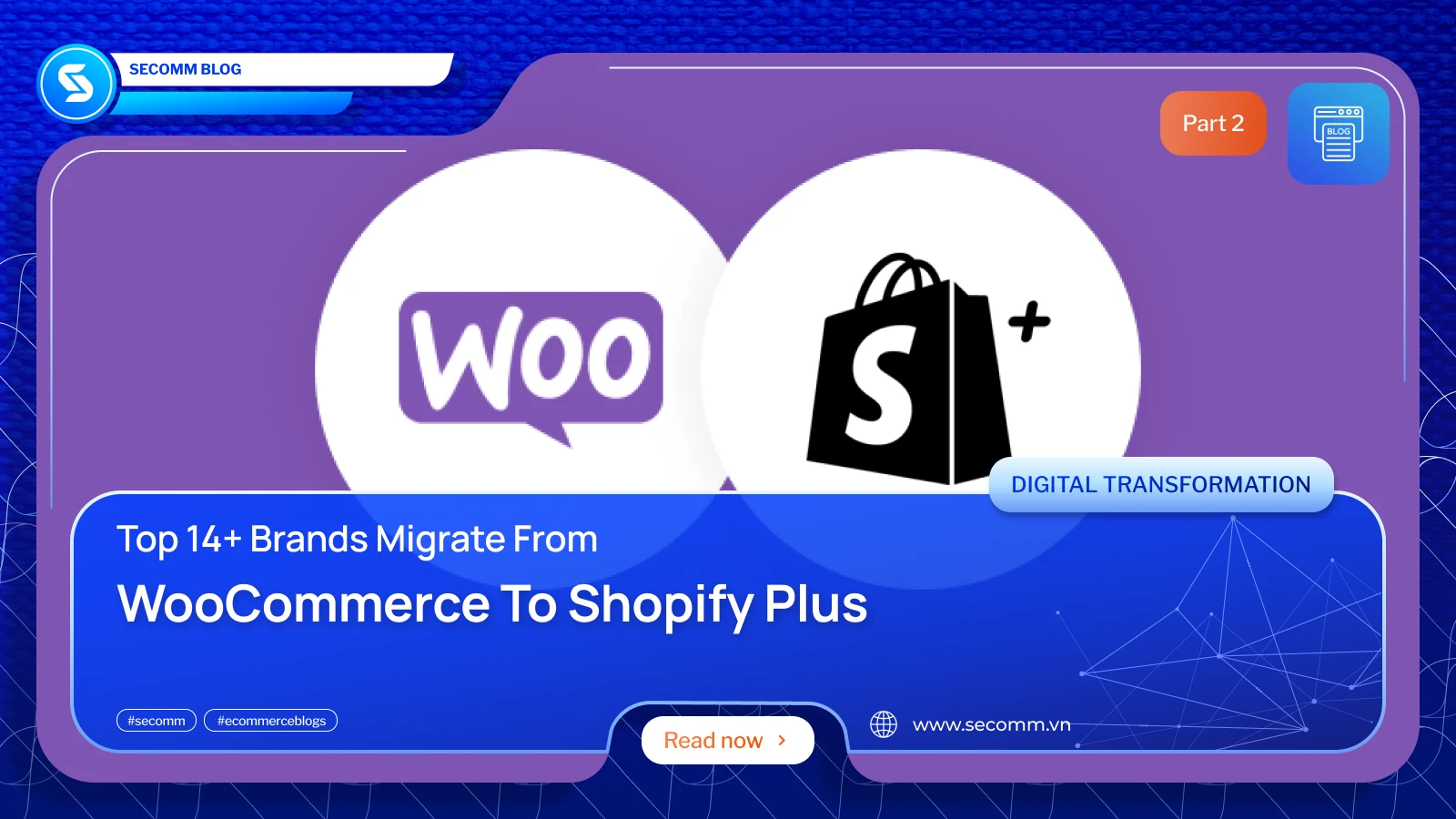
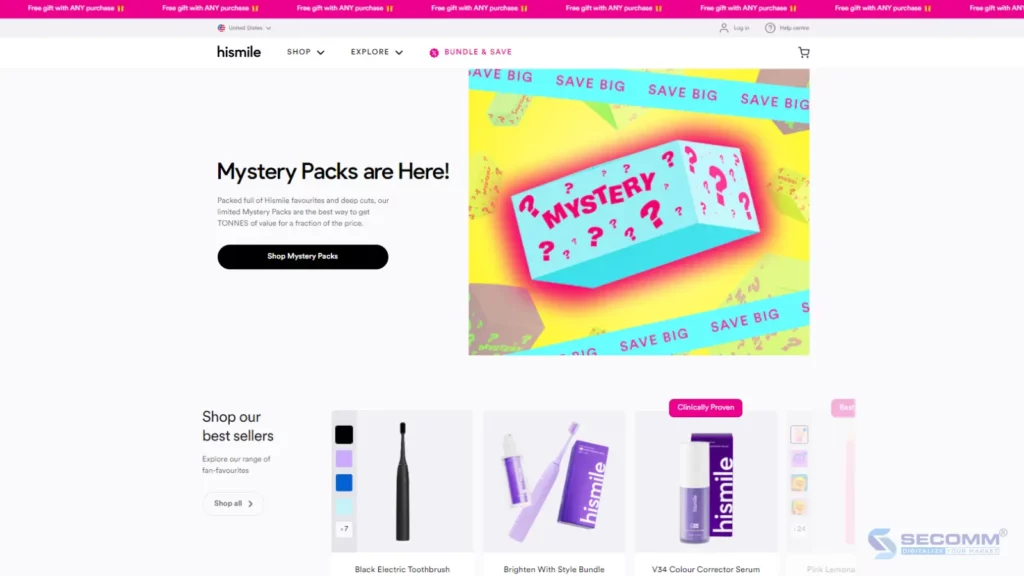
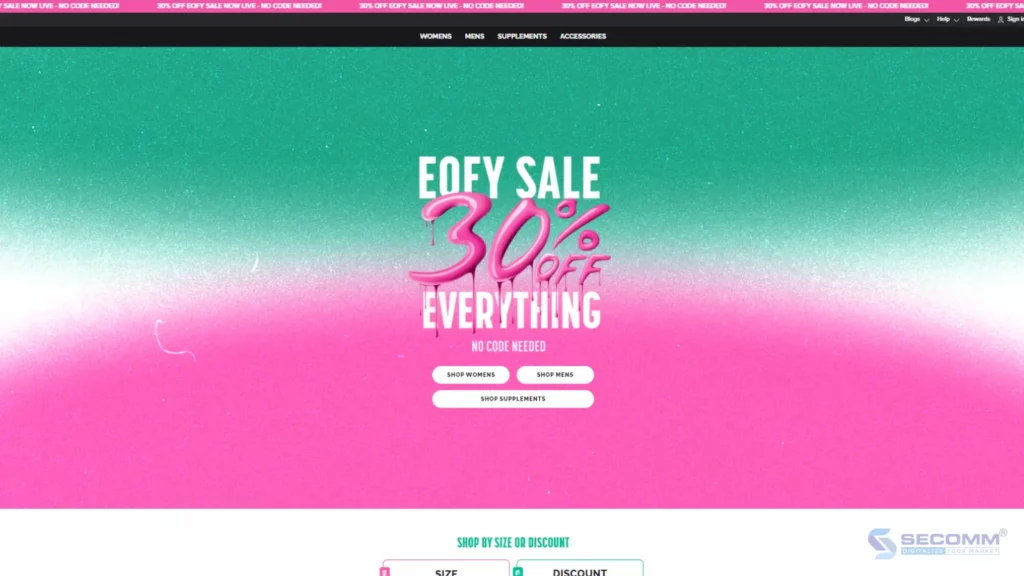

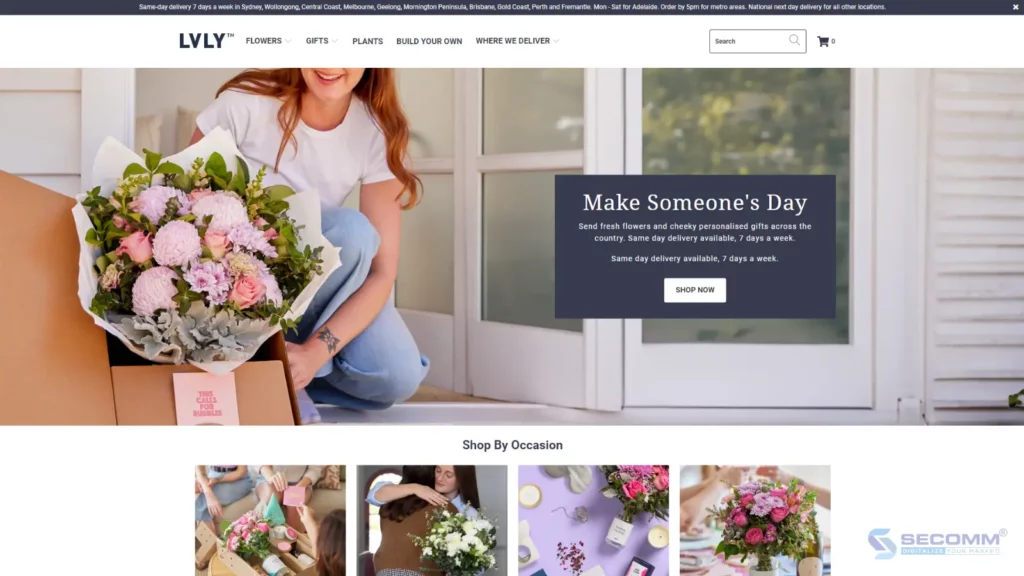

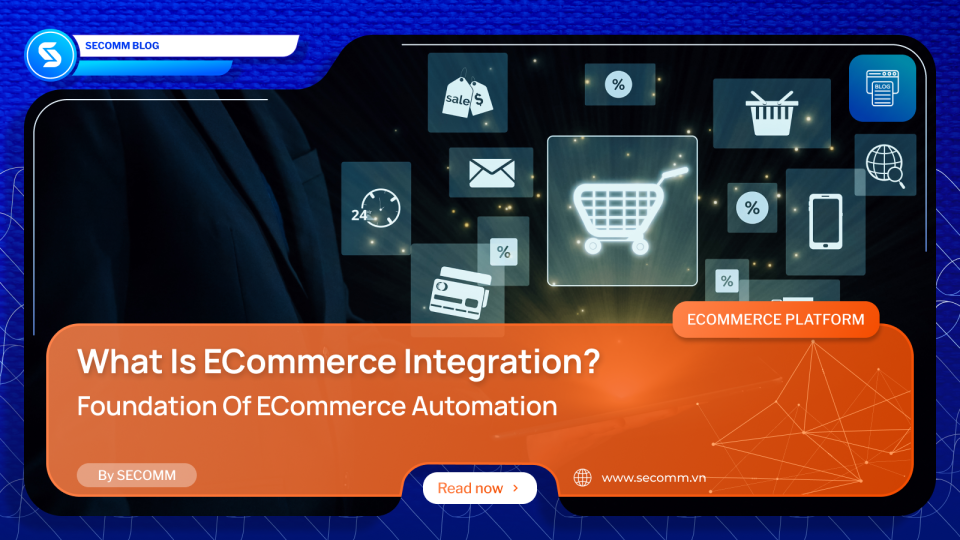
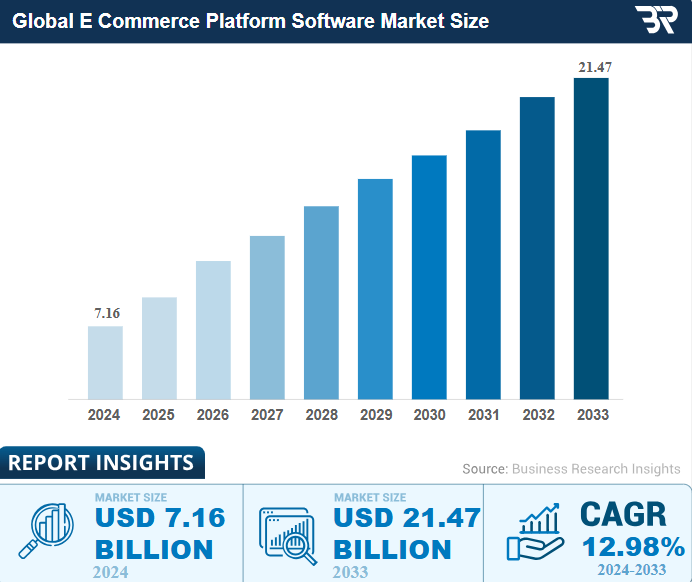

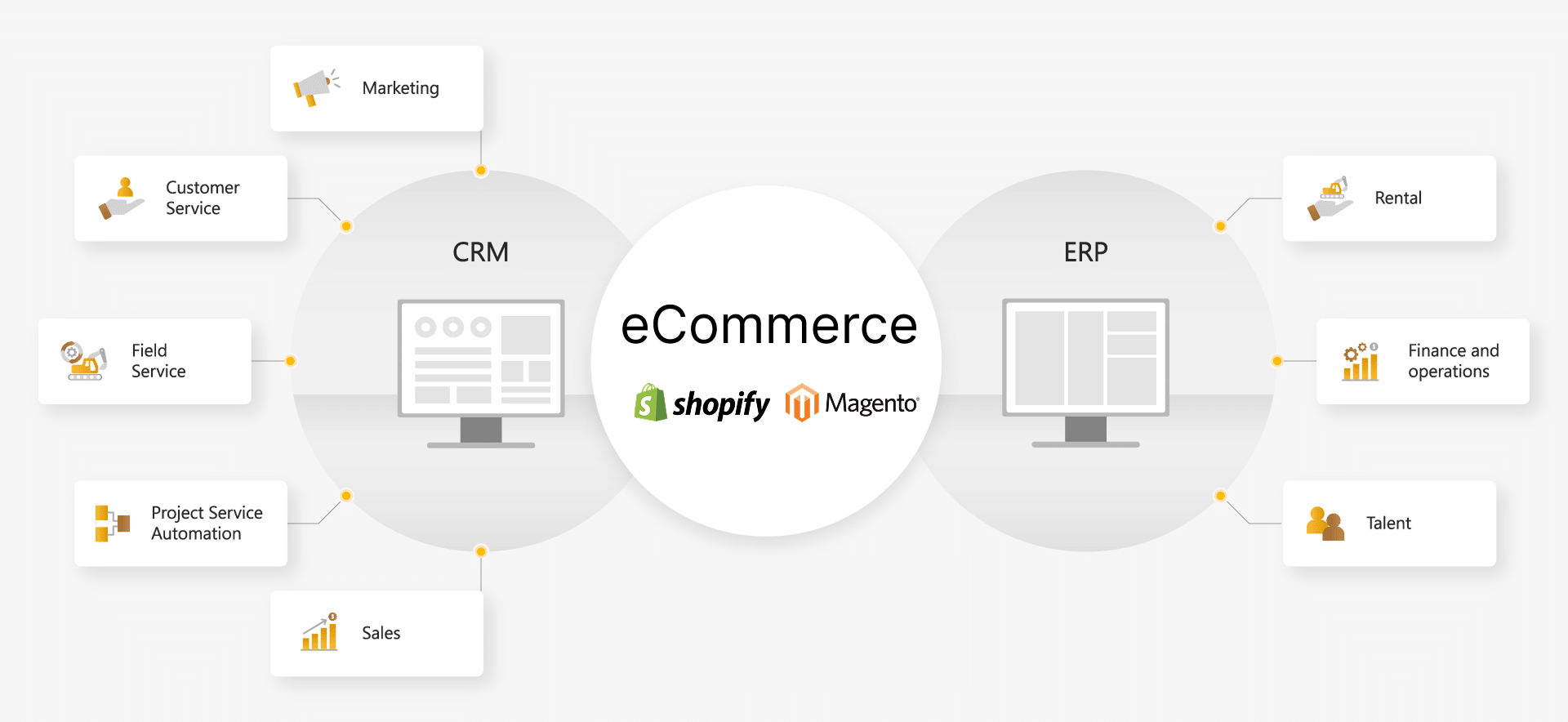
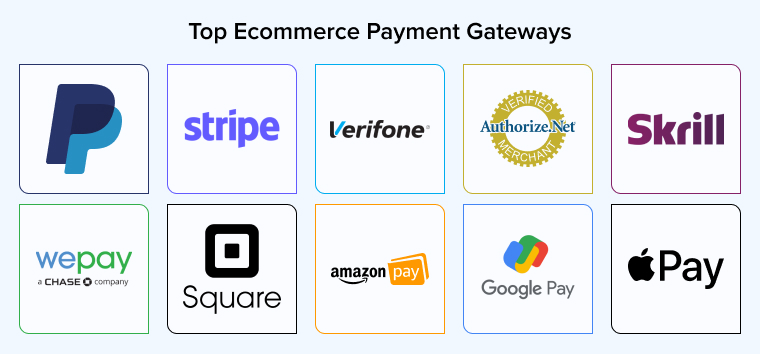




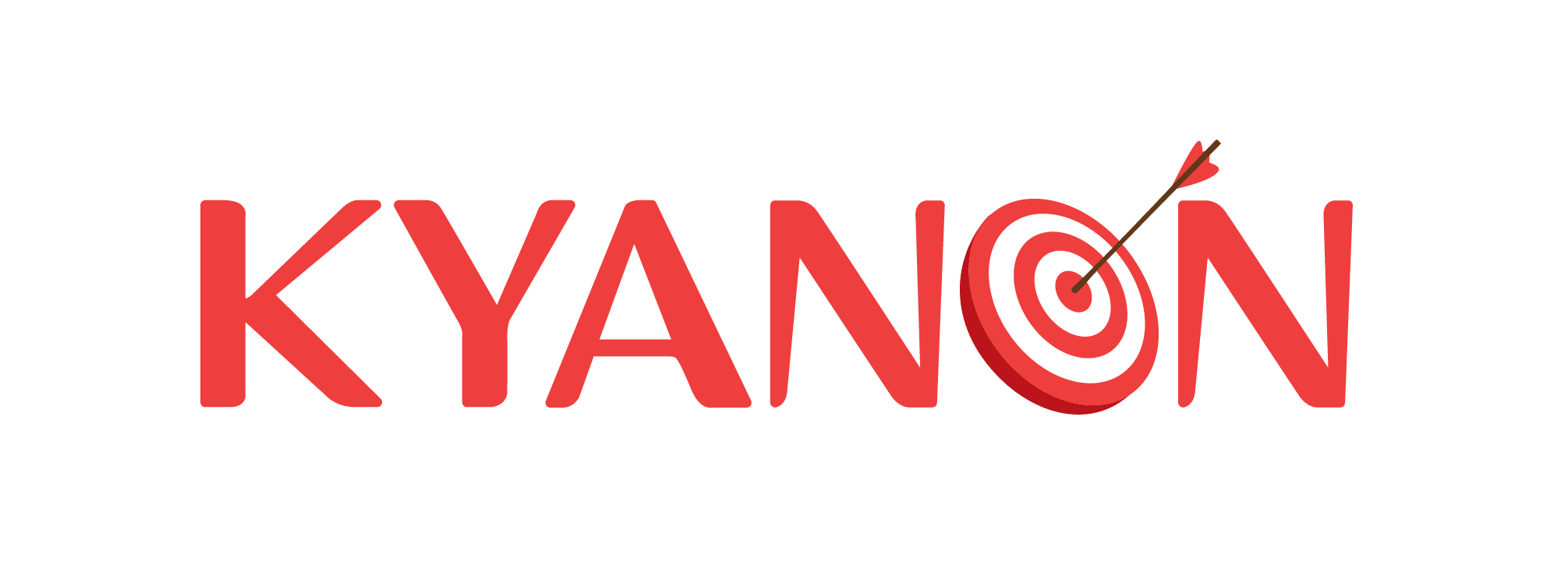


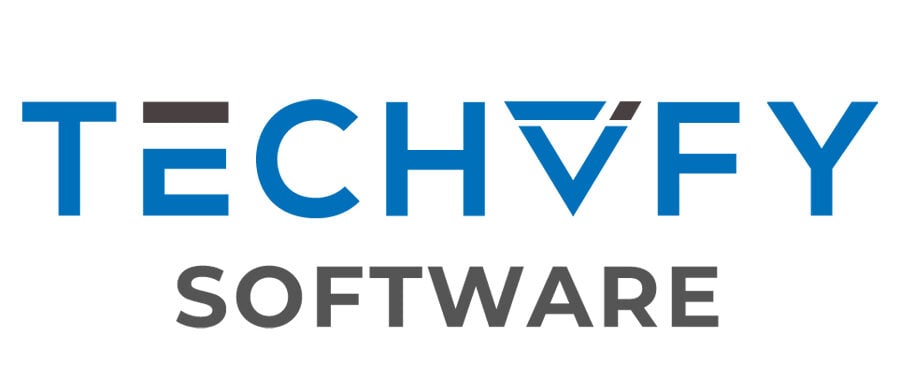



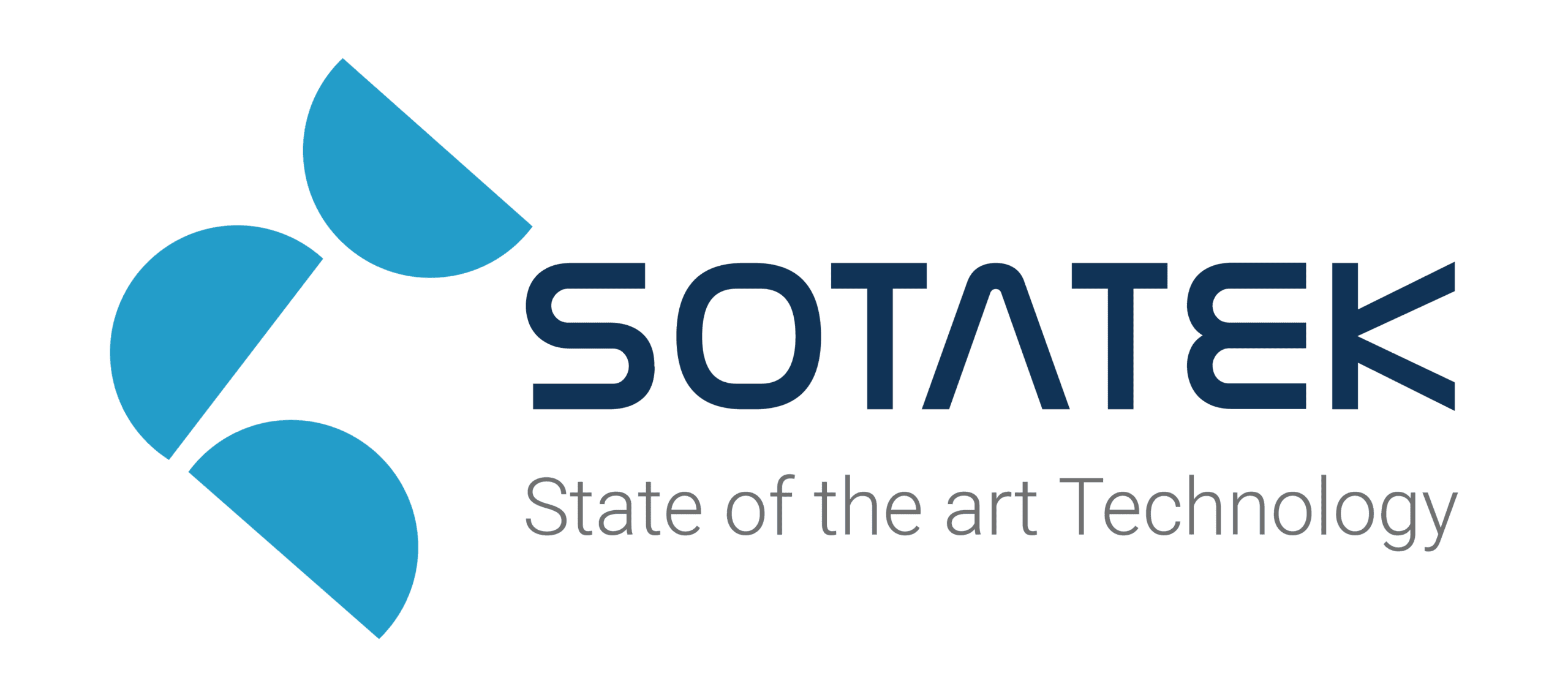

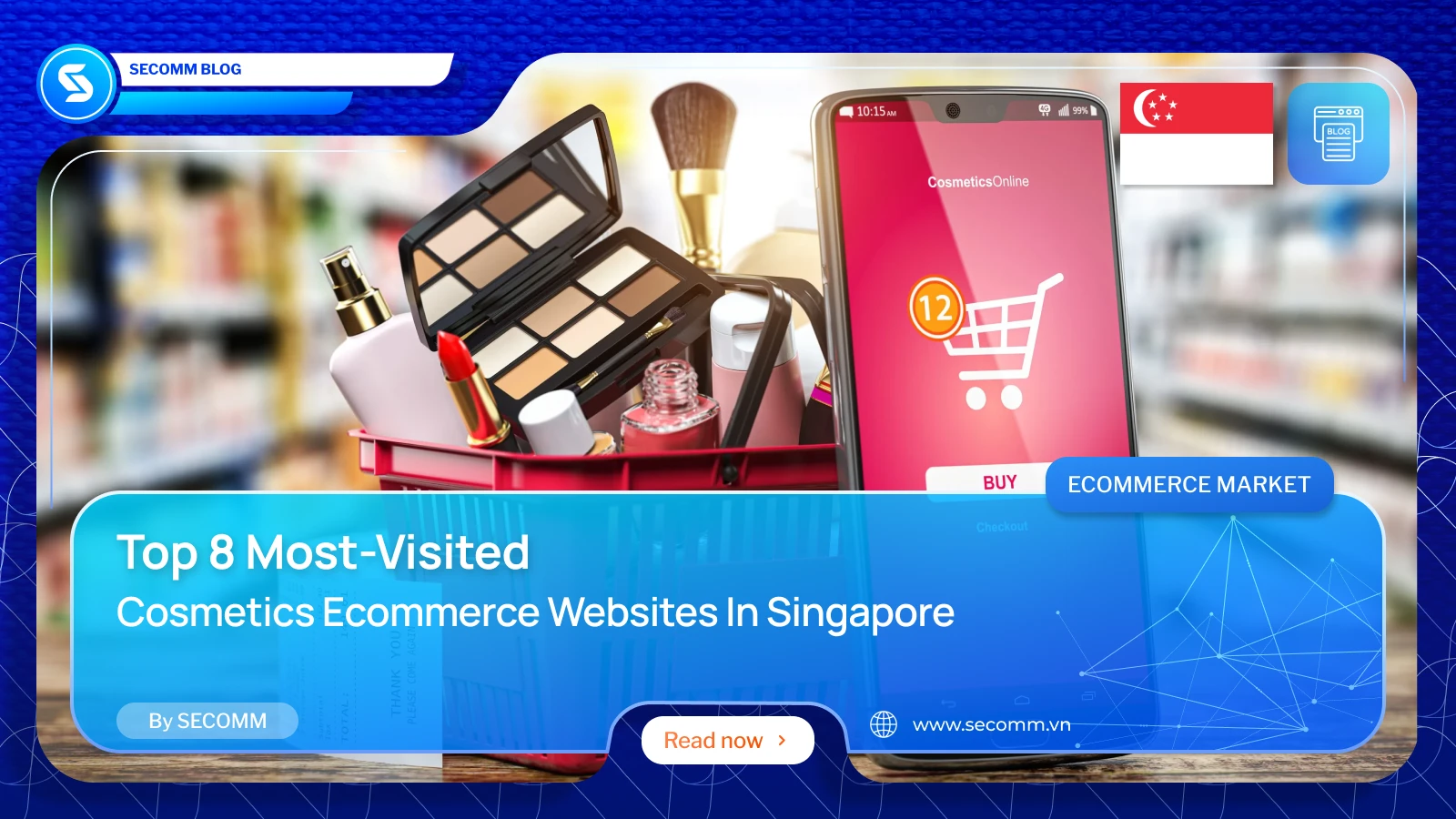



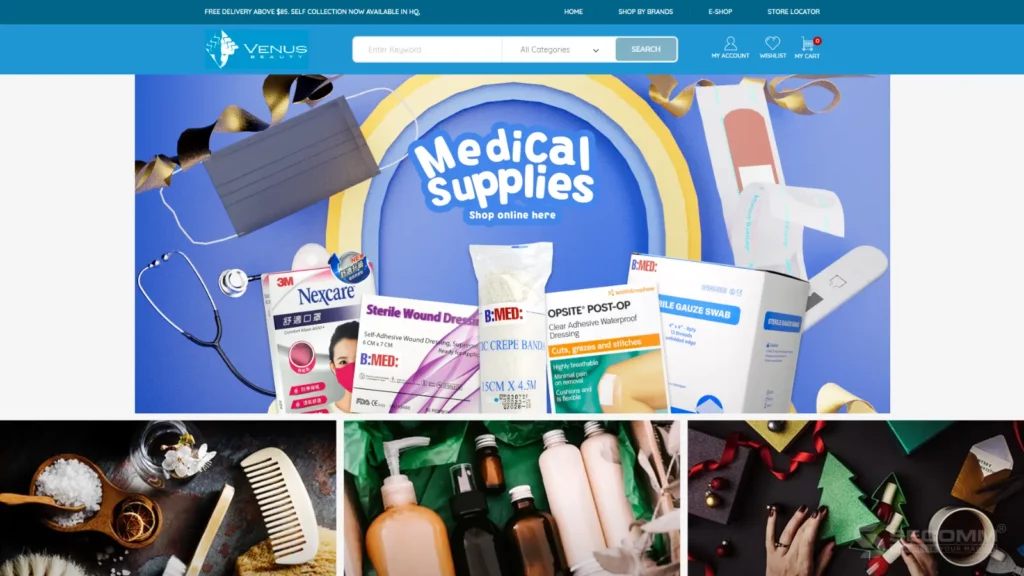
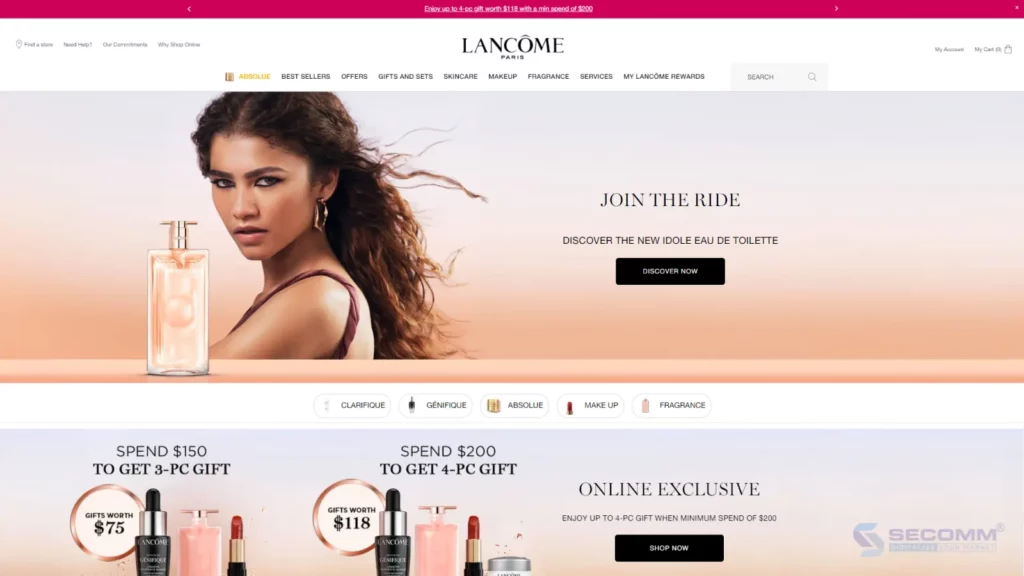


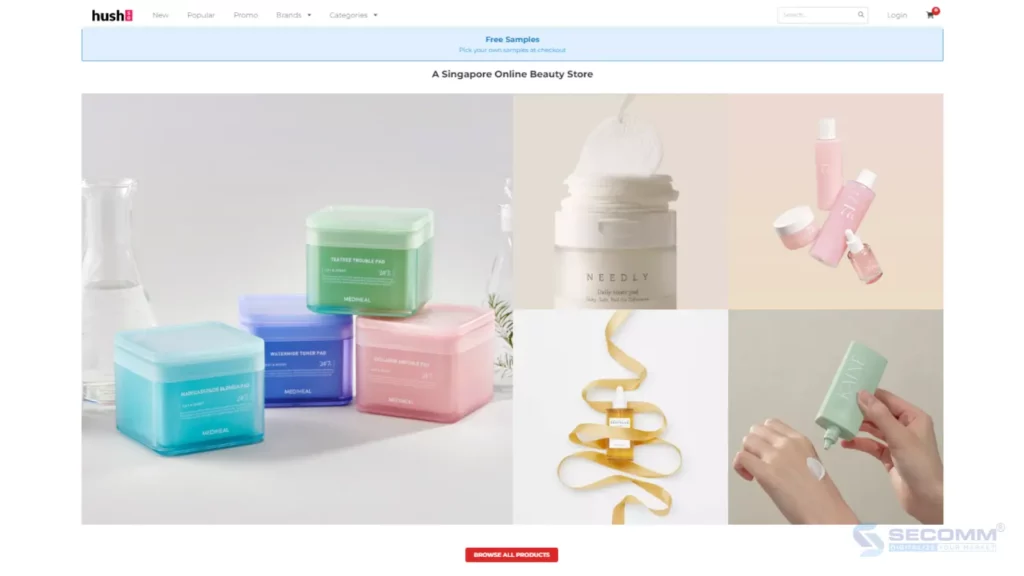
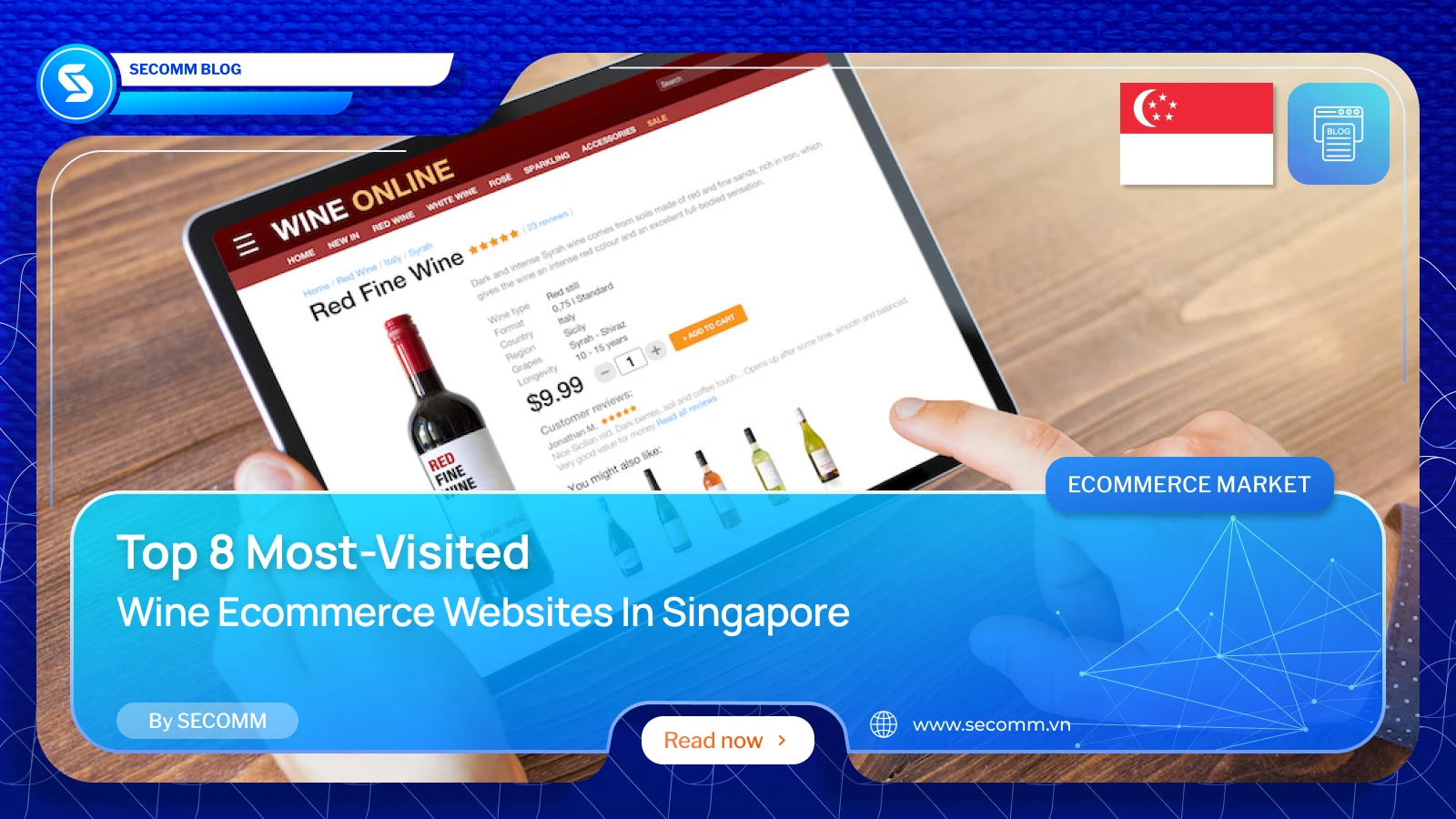
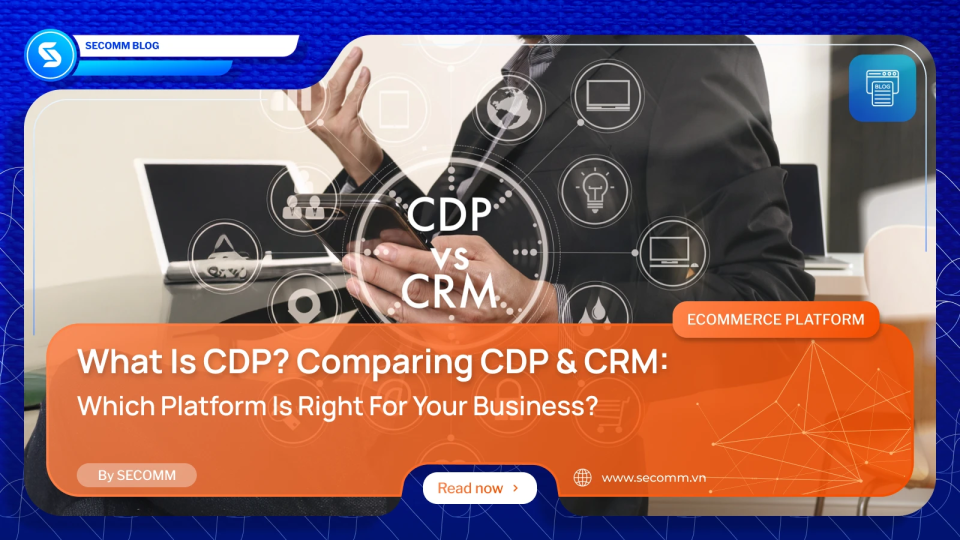
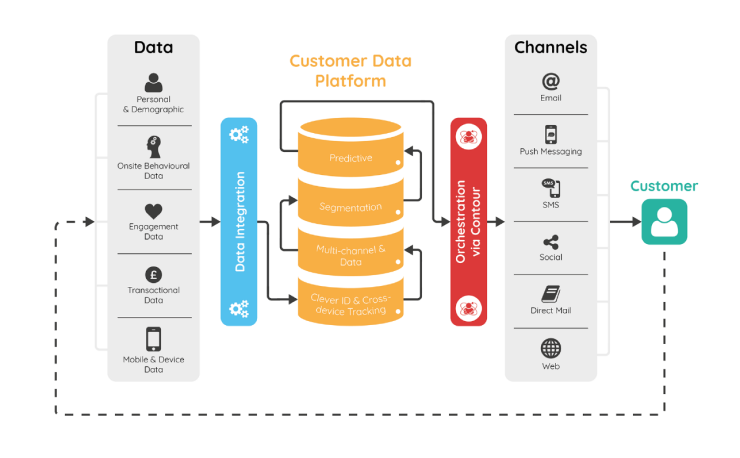
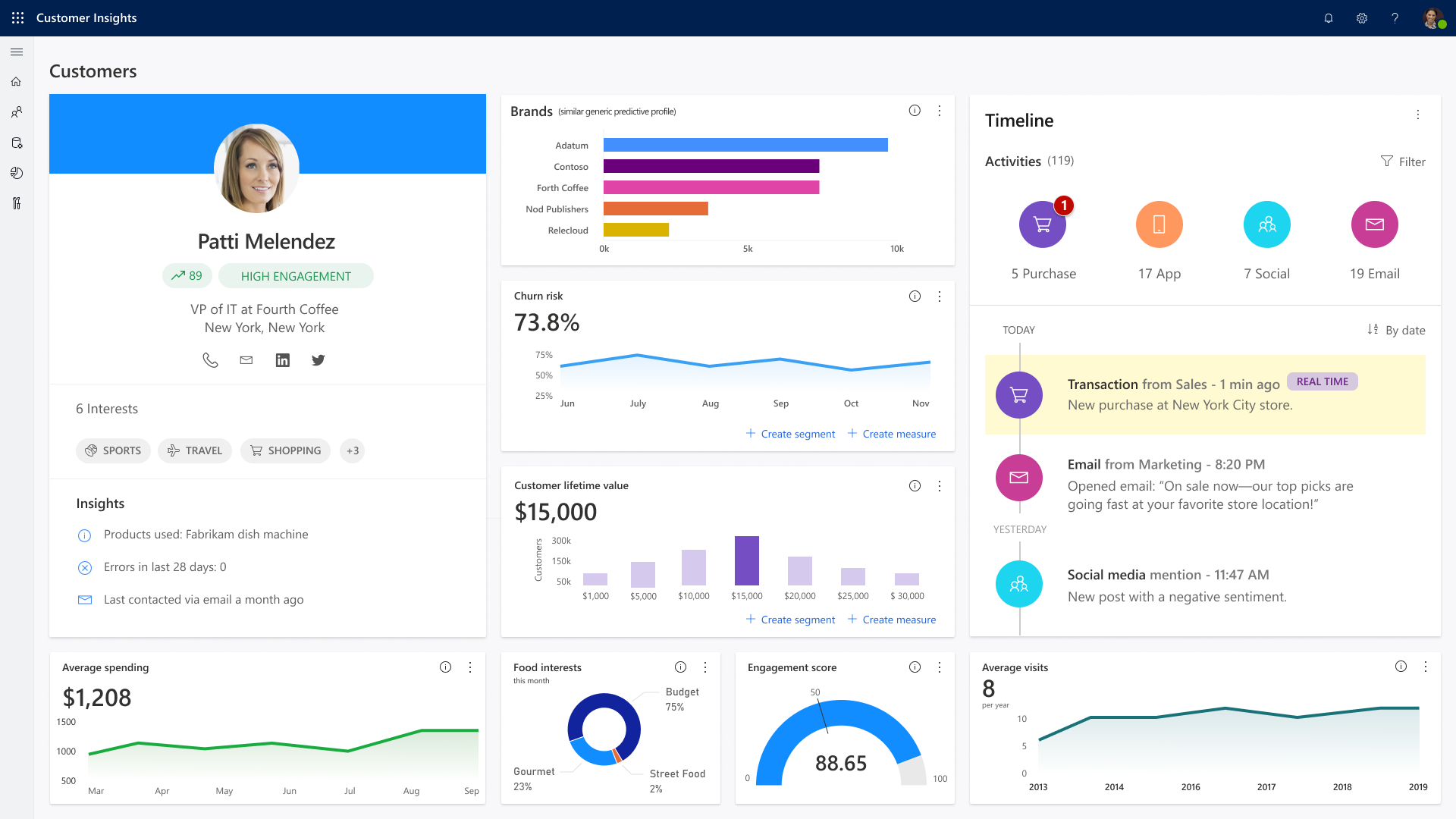
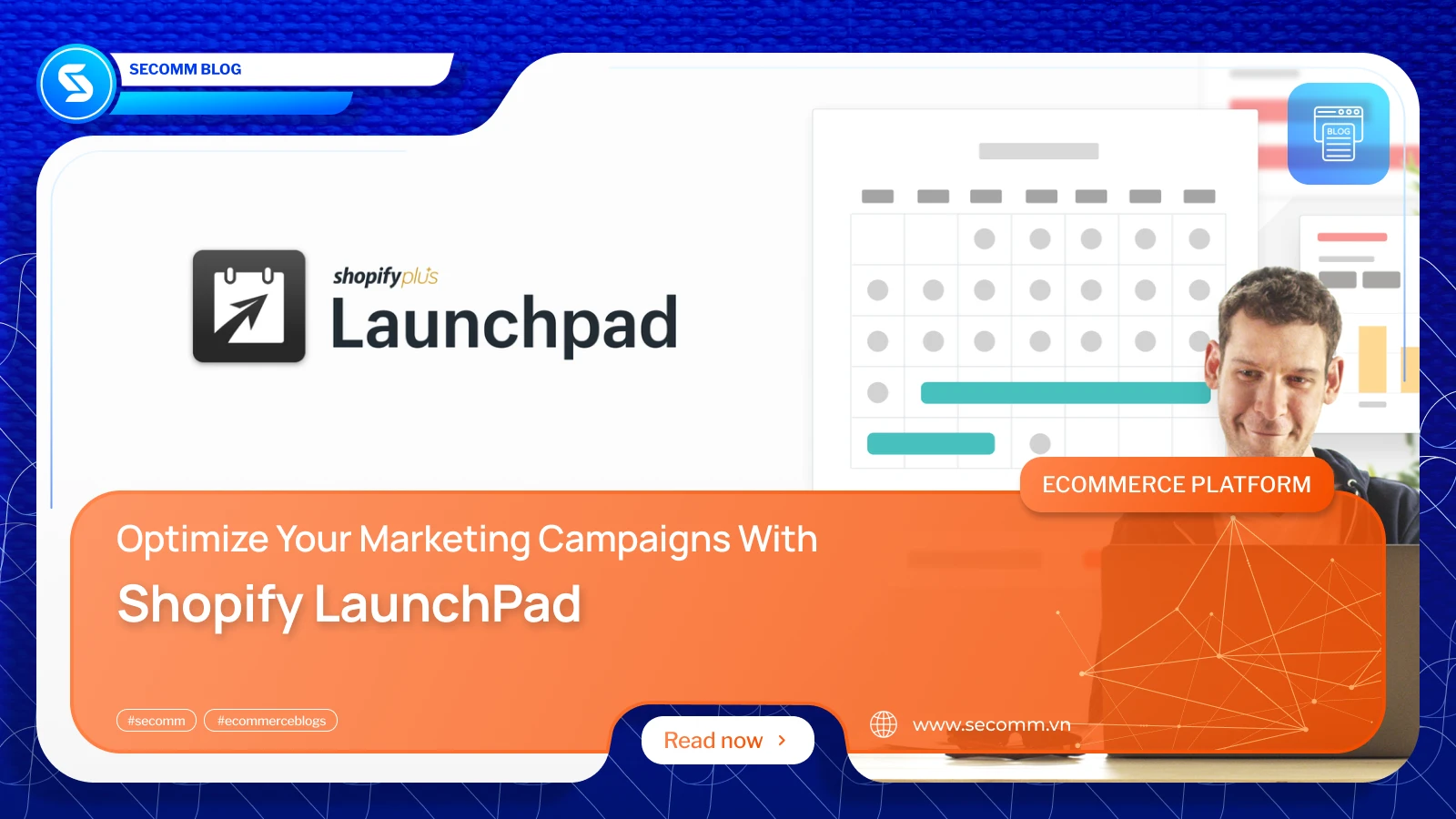

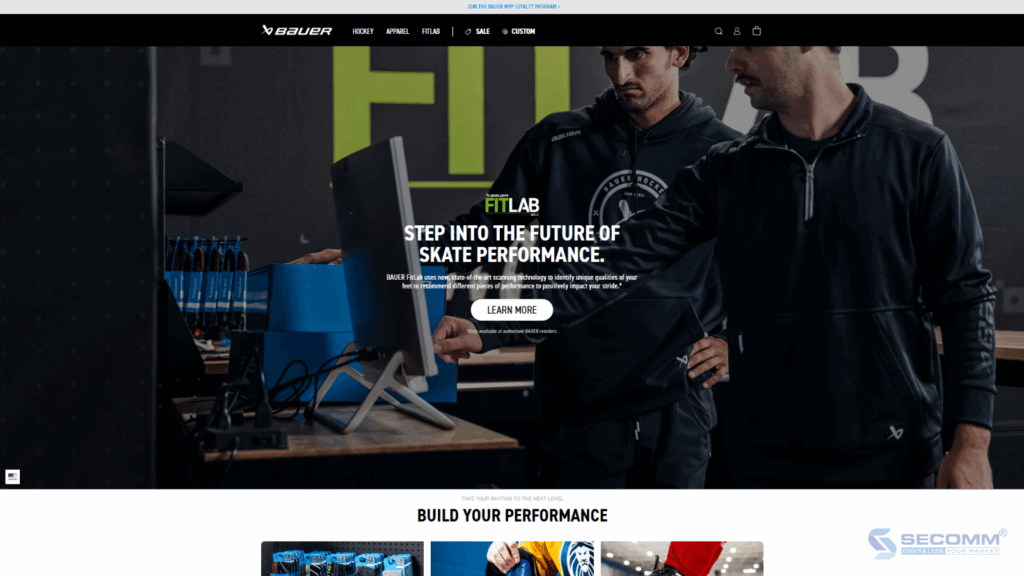
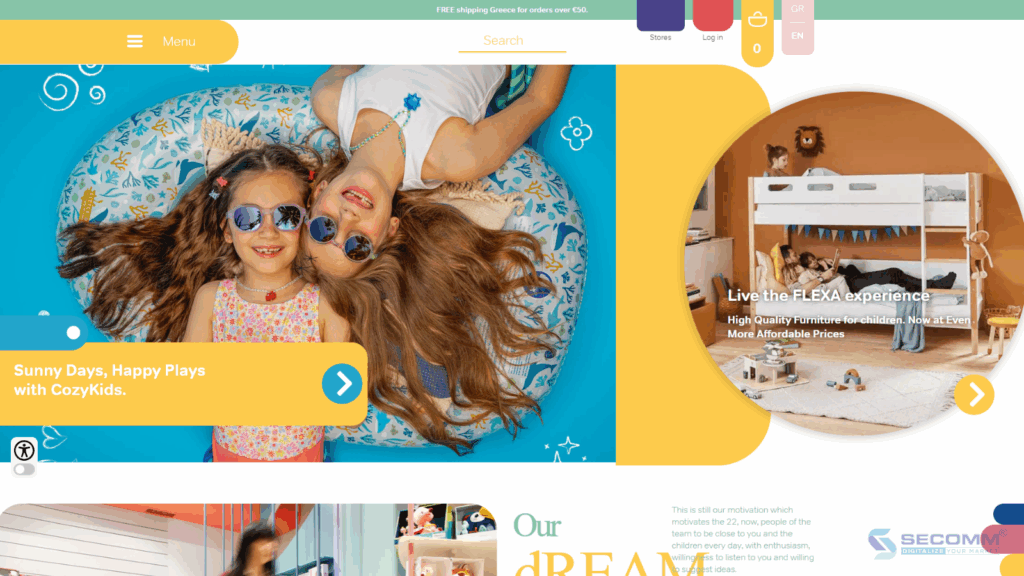
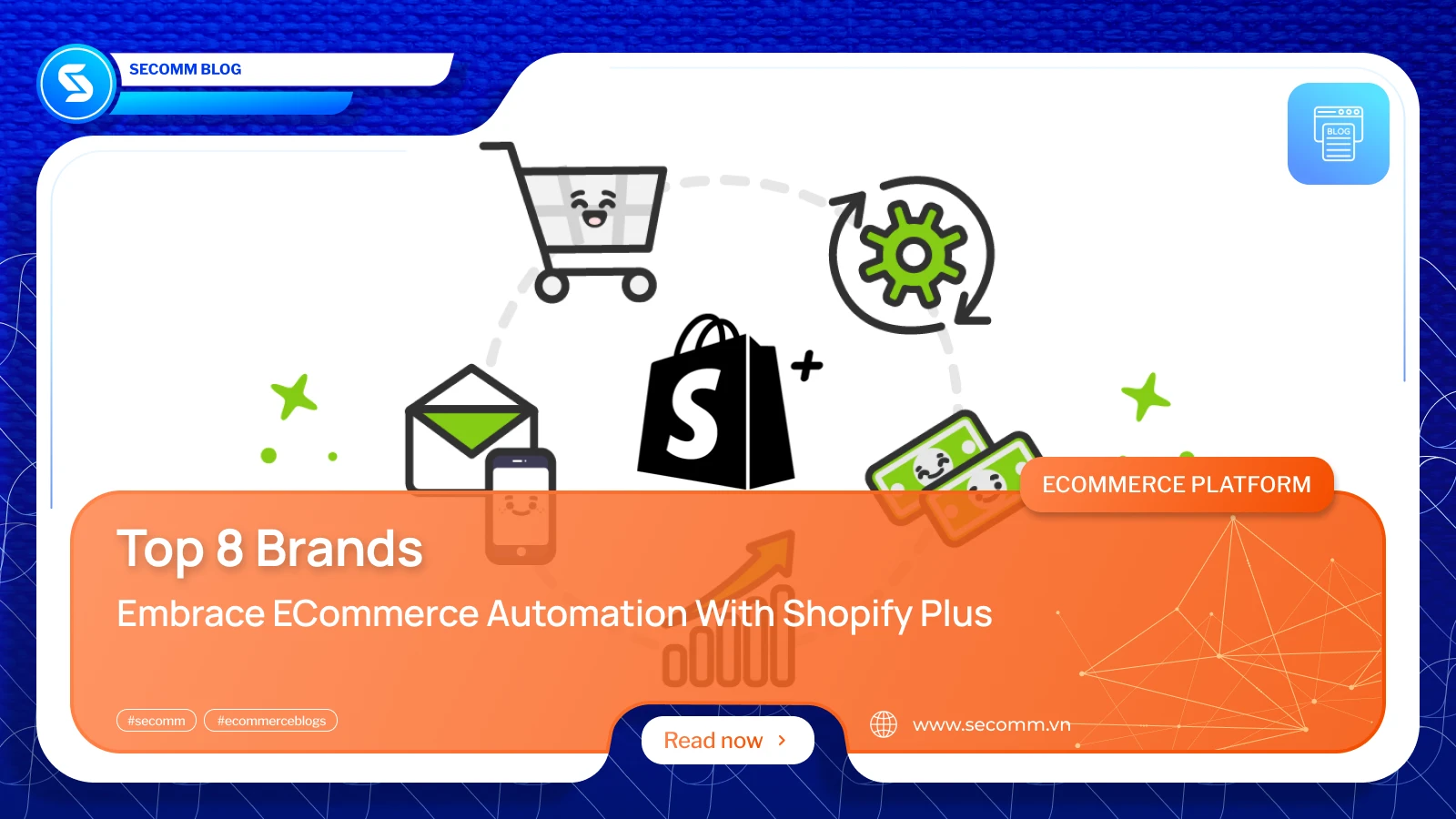




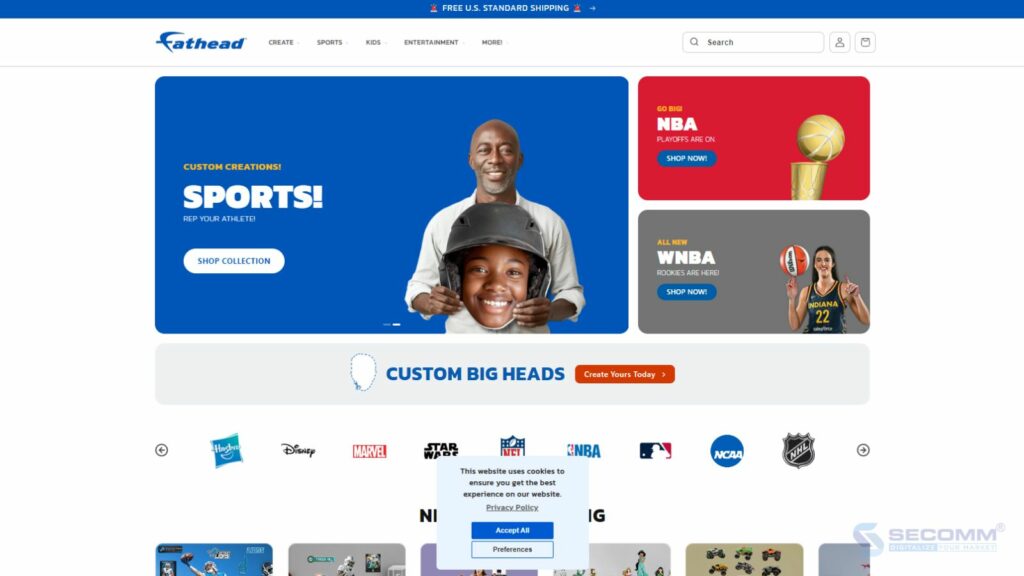
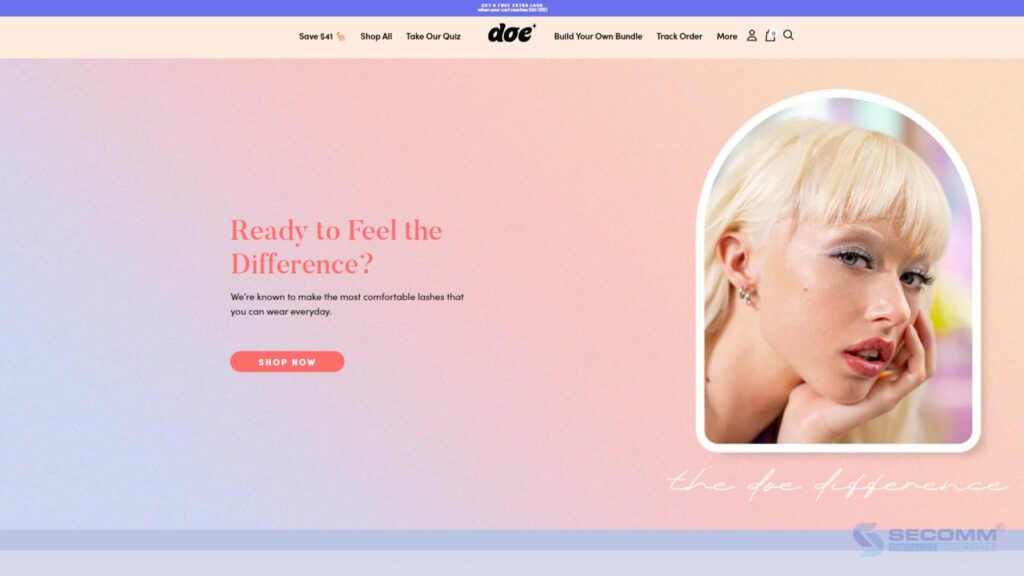




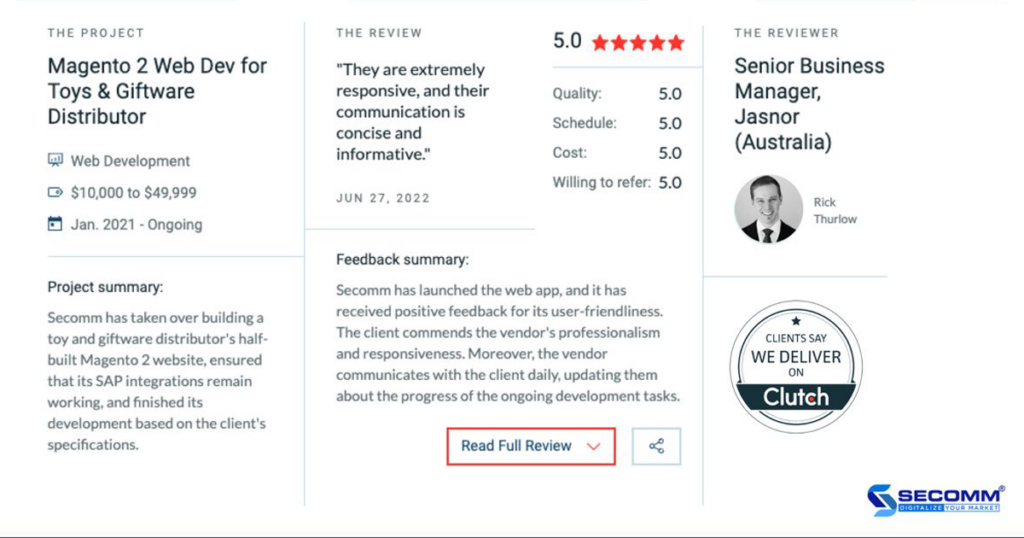
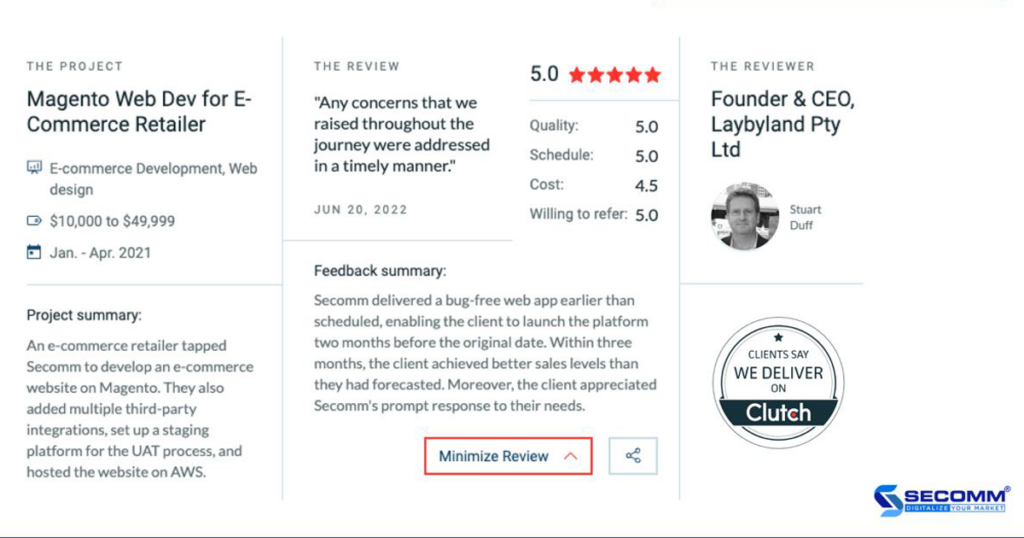

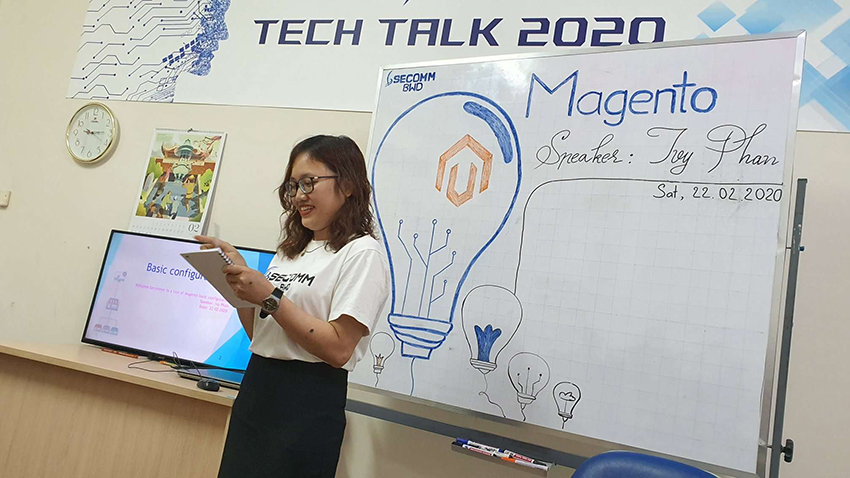









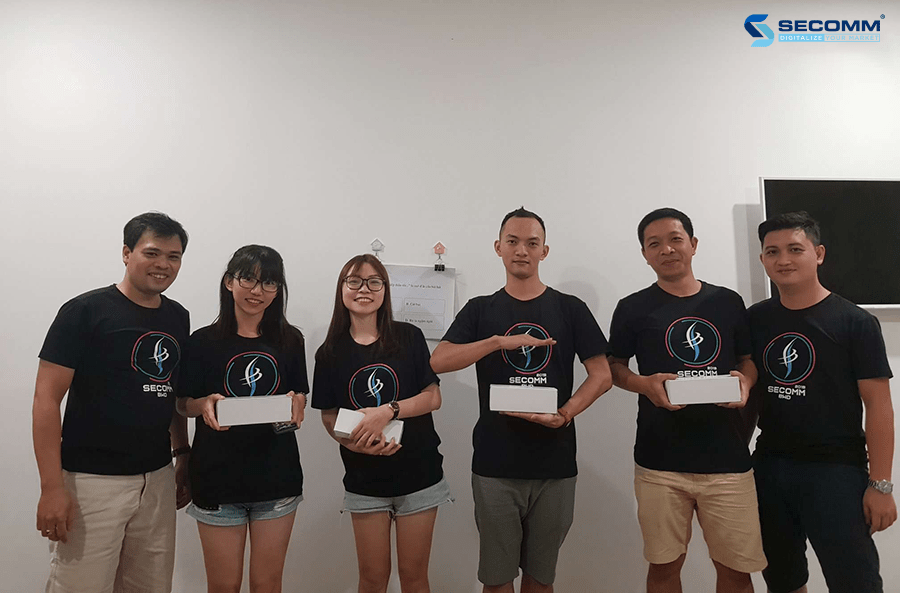





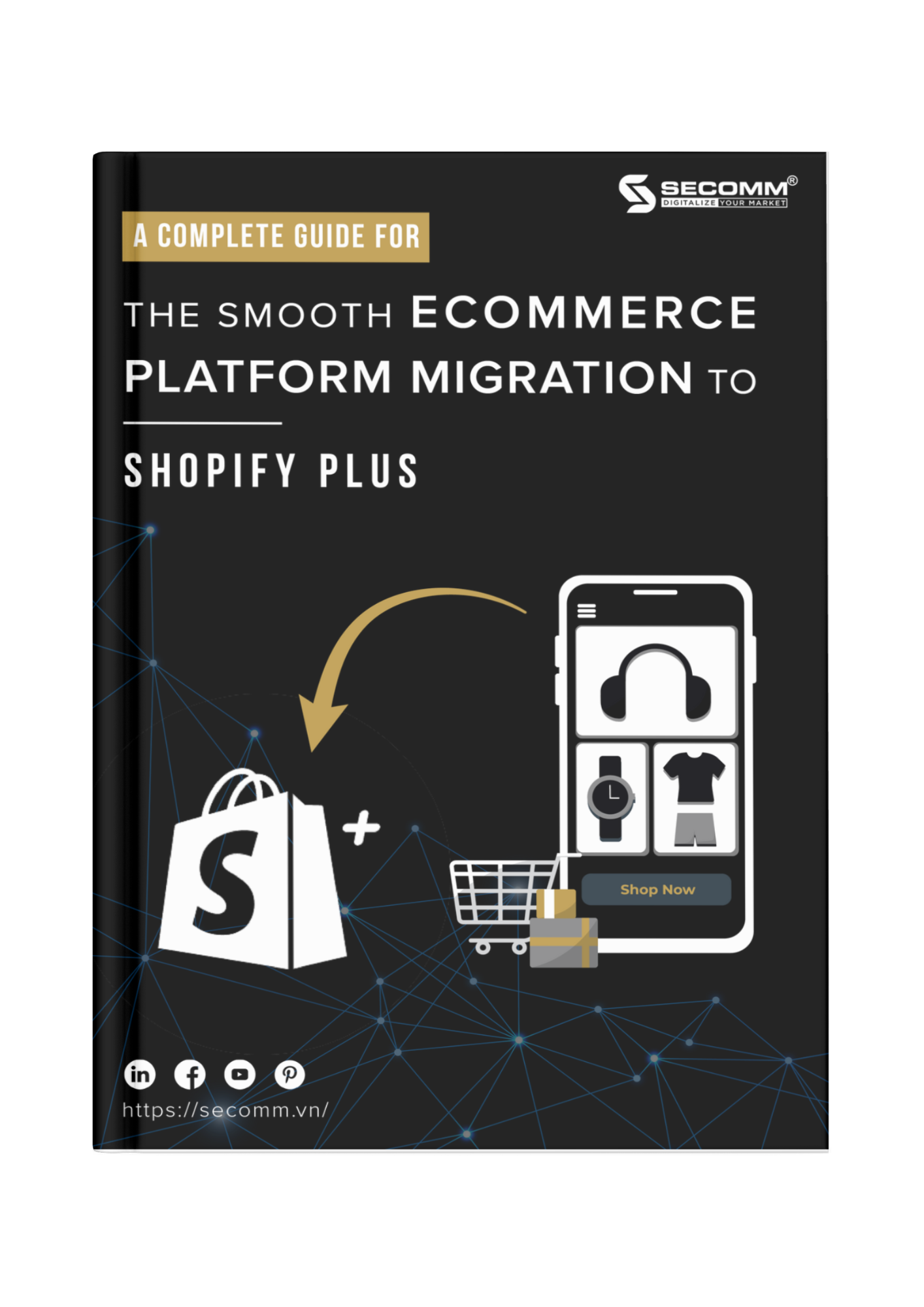



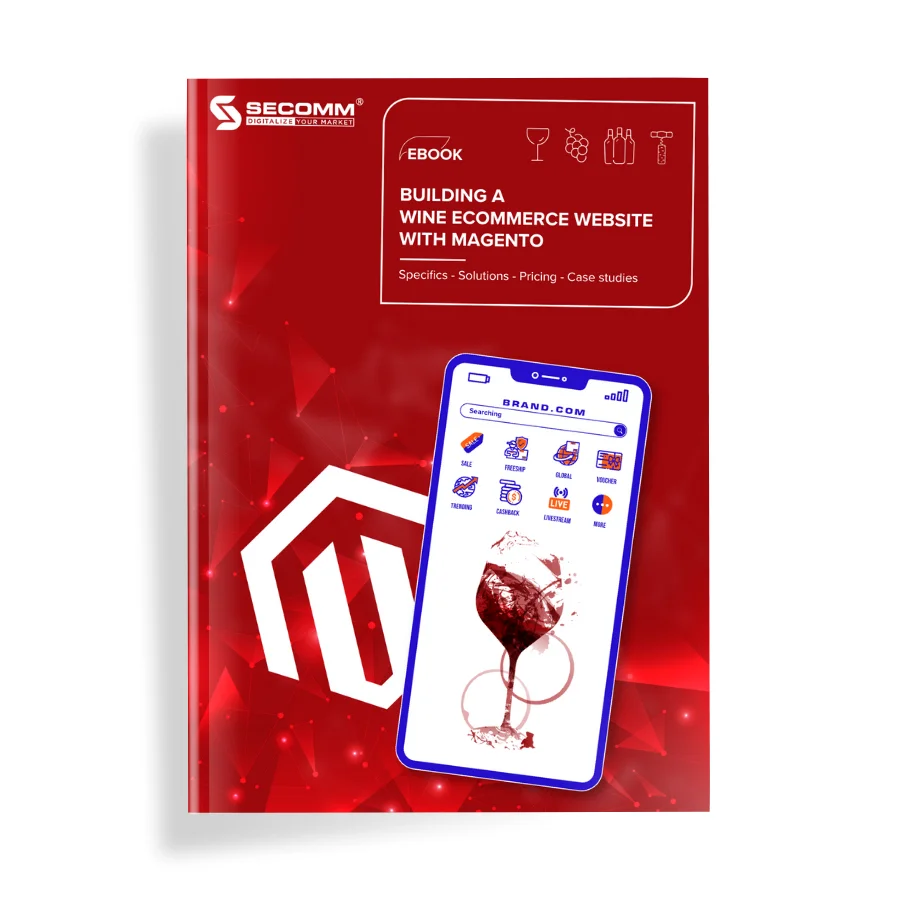
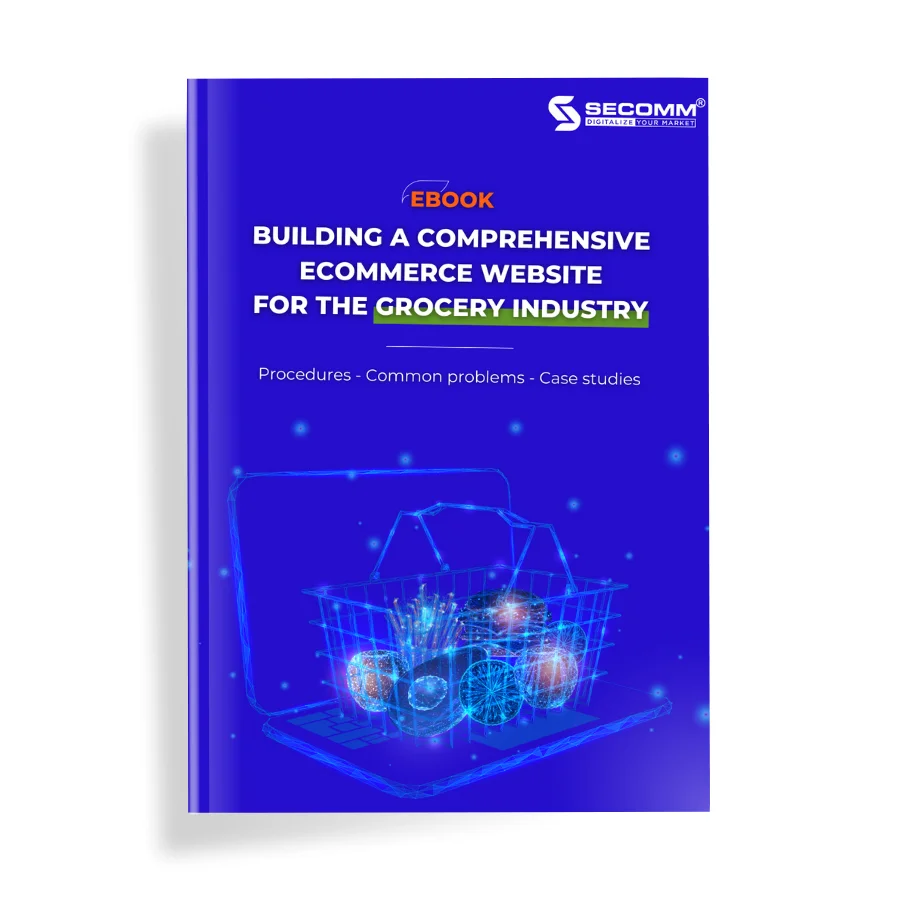
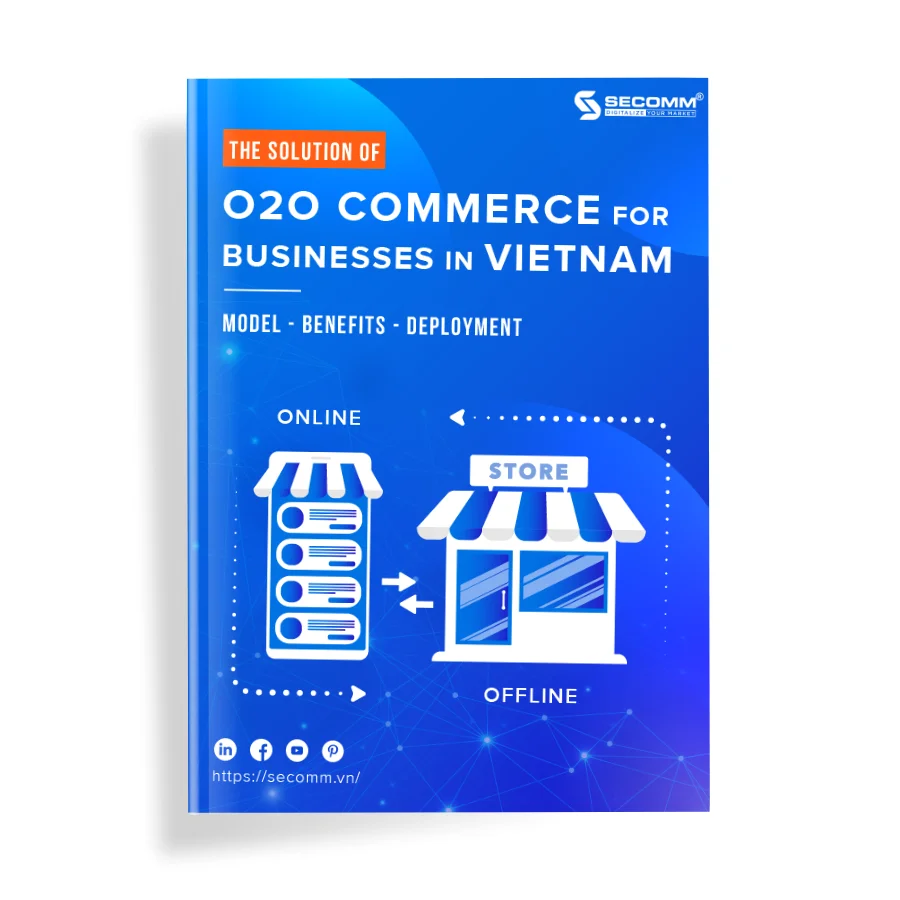
Comment (0)